A painting road trip with three Aussie artists..a painter, a photographer, and printmaker. Great to play and have fun in the convertible. Getting paintings back a challenge…
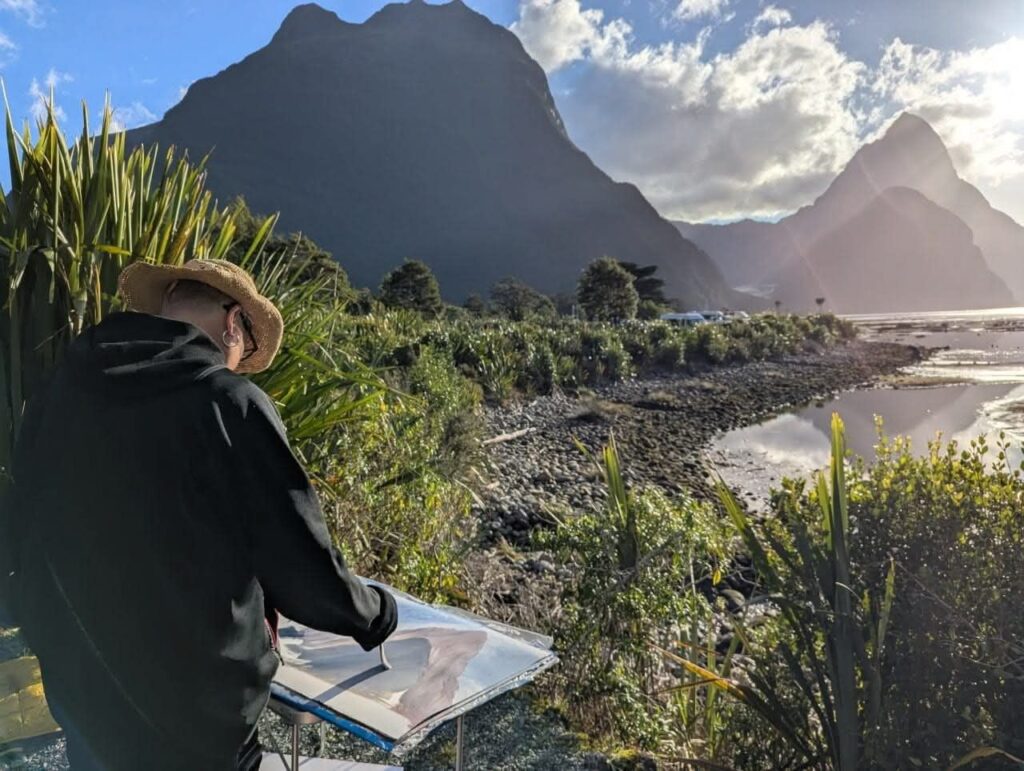
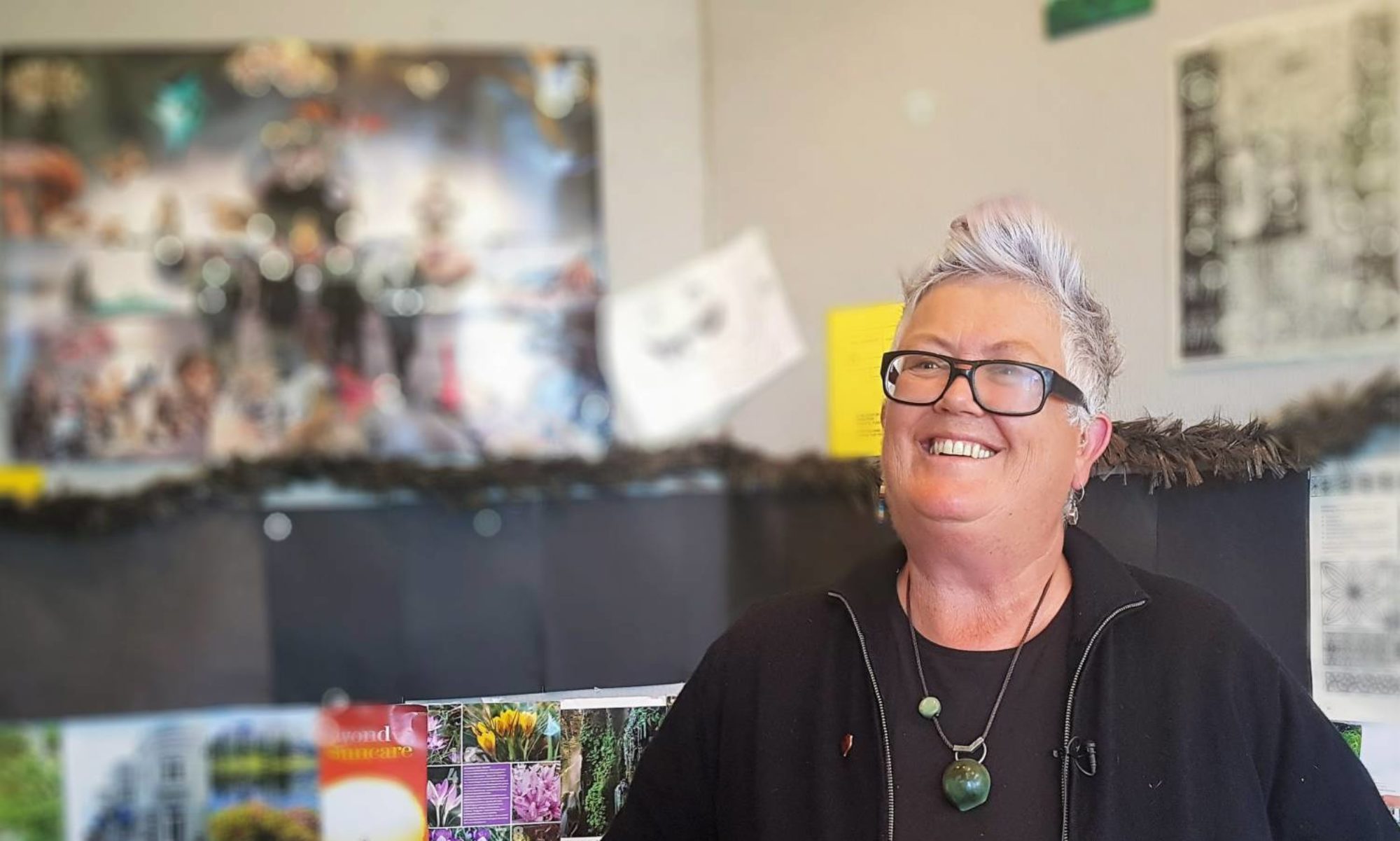
Artist Community Artist
A painting road trip with three Aussie artists..a painter, a photographer, and printmaker. Great to play and have fun in the convertible. Getting paintings back a challenge…

Great to have class reunion with Euan and Geoff (in the paintings) at the Eastern Southland Gallery. ( Jim introducing) A great exhibition to see.
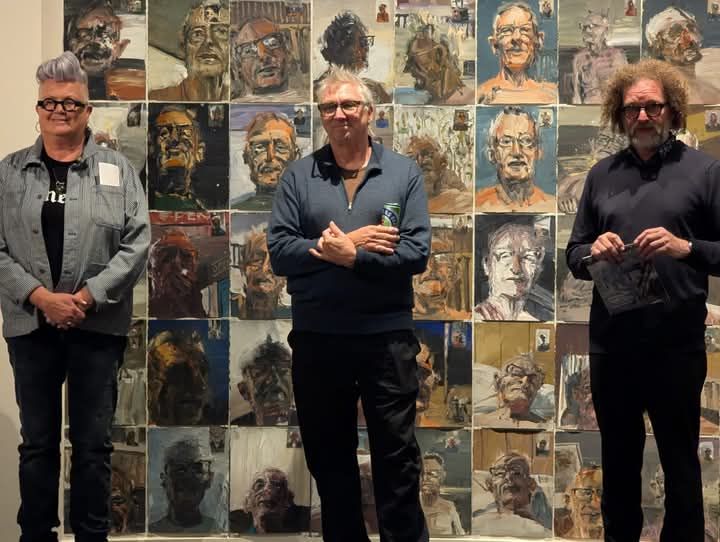
My Friend the Painter
53 years and still counting
No psychoanalysing here
Students at Christchurch Technical Institute in the 70s
Half the class here
400 portraits and still counting
Geoff always did take up a lot of space
A class reunion in Gore
Buggar ‘Art’
Eating Boston buns and apple turnovers
Always an assignment due
Weekends away mucking around in old cars
Kind knowledgeable tutors – Barry Cleavin for one
A course for the ages
Both applied to work at the Press in Christchurch
One became a graphic designer
The other told to buggar off
Because she would have to climb mountains in the wet
Euan on to university study
Me photographer at Correspondence Institute
He goes to Sydney
I go to Brisbane then Britain
My plastic collection begins
Euan adds decorated pieces
Letters and meet ups, texting now
Two careers in the arts
Just as well we lived in different places
Euan could be painting the places we drive by – not a helicopter or a rope in sight
And I could be painting an old woman in the landscape
He with his picnic table
And me with my ironing board.
I’m very proud Euan asked me to speak at this opening. I’m glad to celebrate our long friendship and his many kindnesses.
We continue to have much in common in our life in the arts – the highs and the lows – successful exhibitions, access to special places, support of family and friends…..really painting is part addiction, a lot of humping (dont get excited), part joy, part hard work and part bad backs.
Euan – the convertible awaits for our road trip south.
An artist’s audit would be expected to have a different slant than a normal business audit but the quest for an independent examination conducted with a view to express an opinion thereof, remains largely the same.
This artist’s audit consists of close to 100 mini paintings on paper, and records my own personal audit of the landscape from my recent travels.
I have been painting on location in the wilds of Southland and Otago and other places I visit in my work for over 20 years. Spending time in one spot allows for not only the geographical and topical features of a location to be absorbed but also for the more subtle breath and soul of the land to enter ones consciousness. The activities of humans and the elements of wind, rain, sun and fire leave a continually changing mark on the land and the creatures who call it home. Some of these changes are welcome and even yearned for but others are devastating and heartbreaking. These paintings are my attempt to audit the land.
Thanks very much to everyone who supported this latest exhibition at Gallery De Novo, Dunedin!
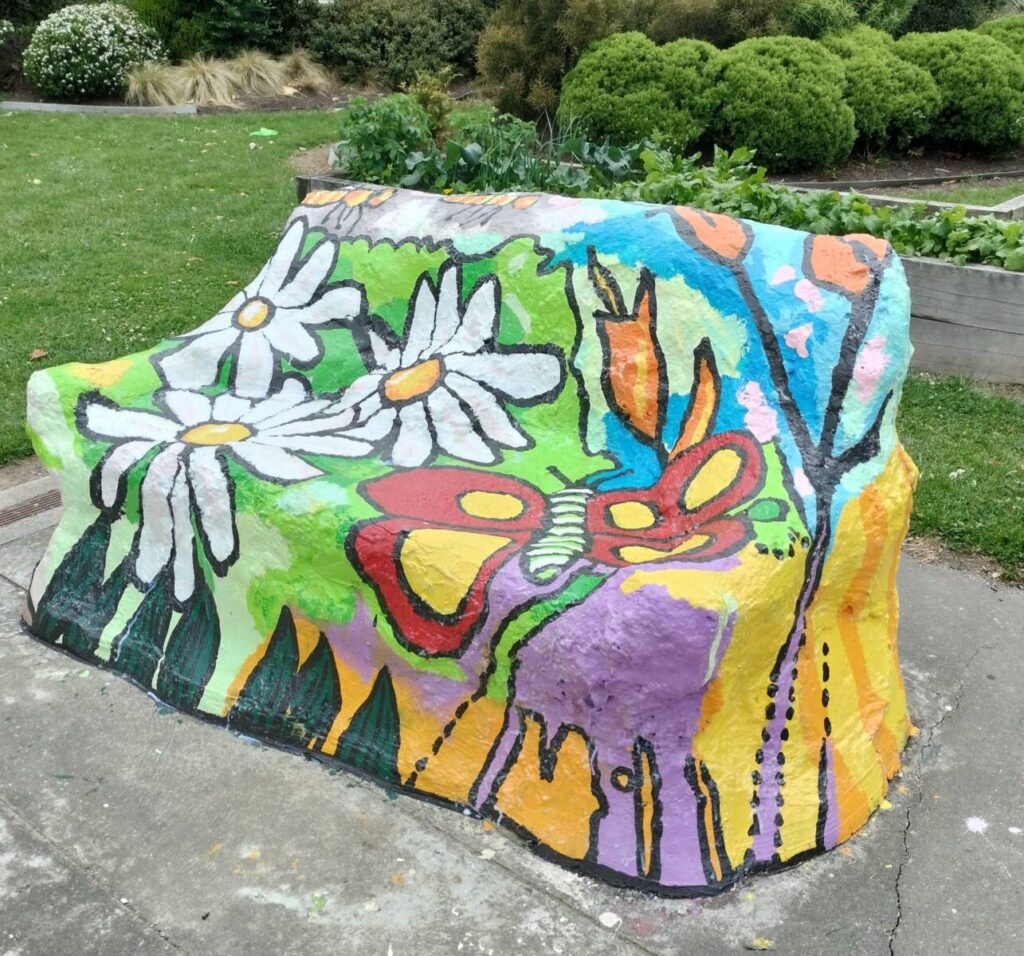
As with all outdoor sculptures (eg Colac Bay surfer) they require regular upkeep. This is the third time these couches have had a paint up which is an opportunity to have input from present day students in their design, helping to keep them current.
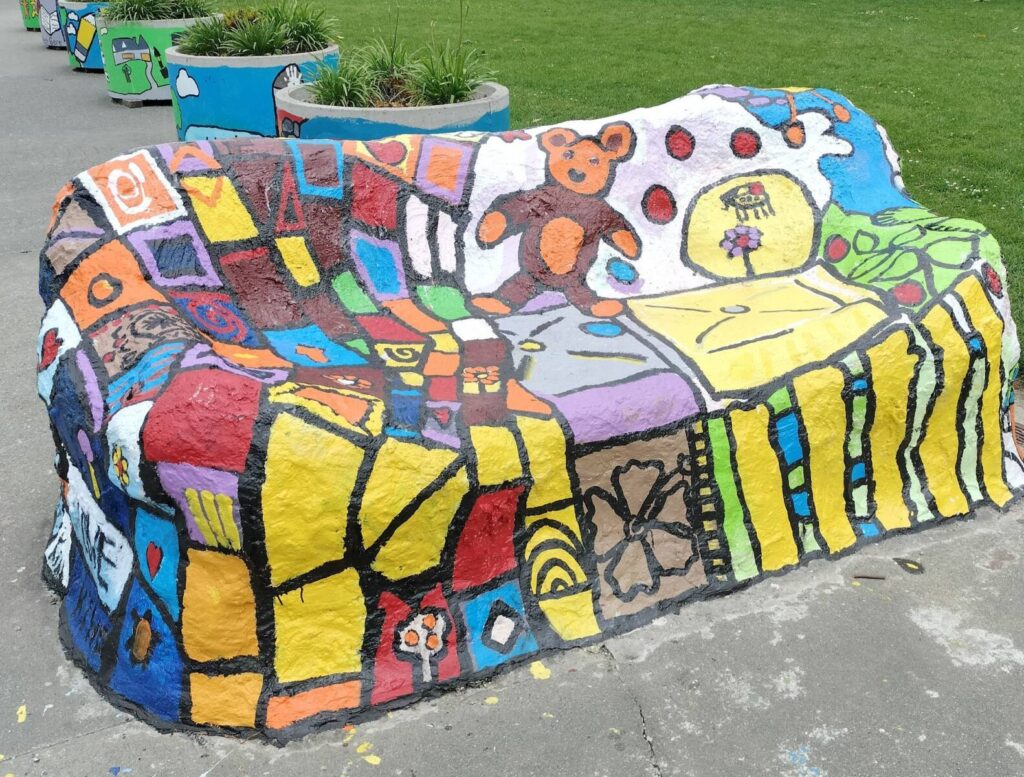
Originally they had an added role as a meet up / buddy couch. If you were looking for someone new to play with you could sit there and meet up with a like minded student.
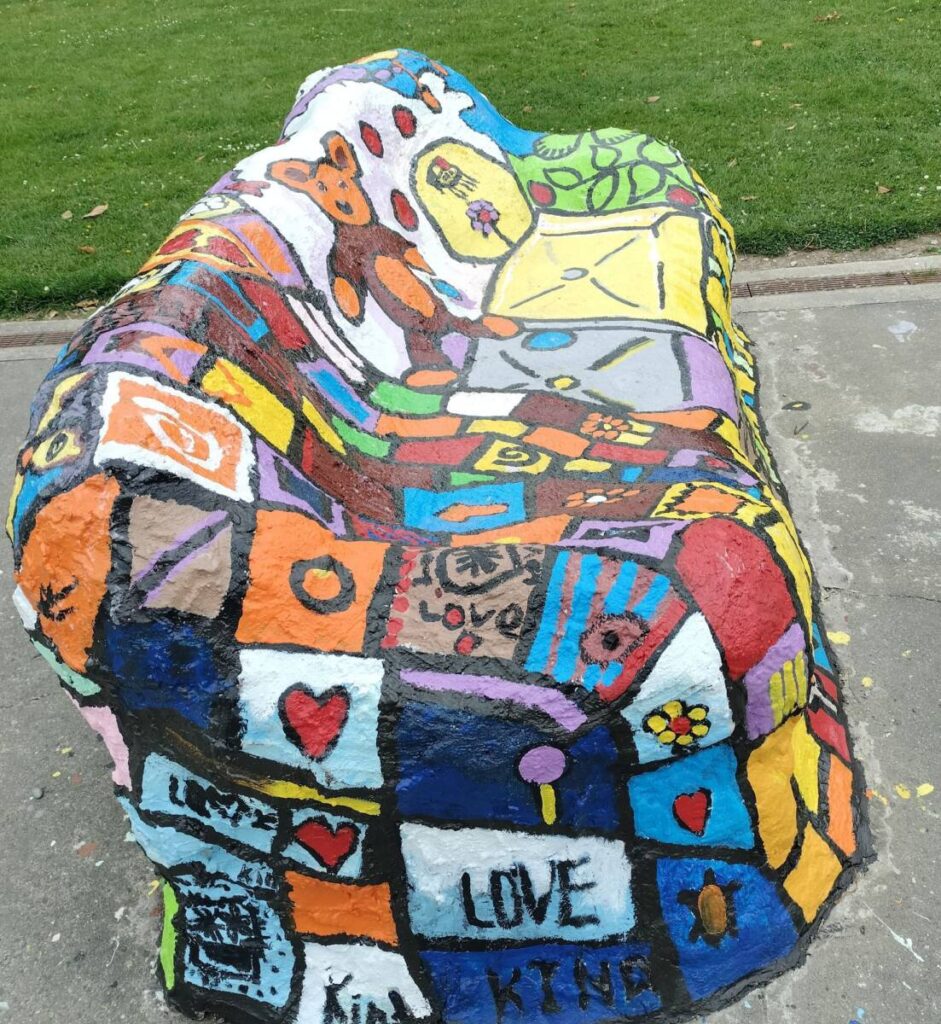
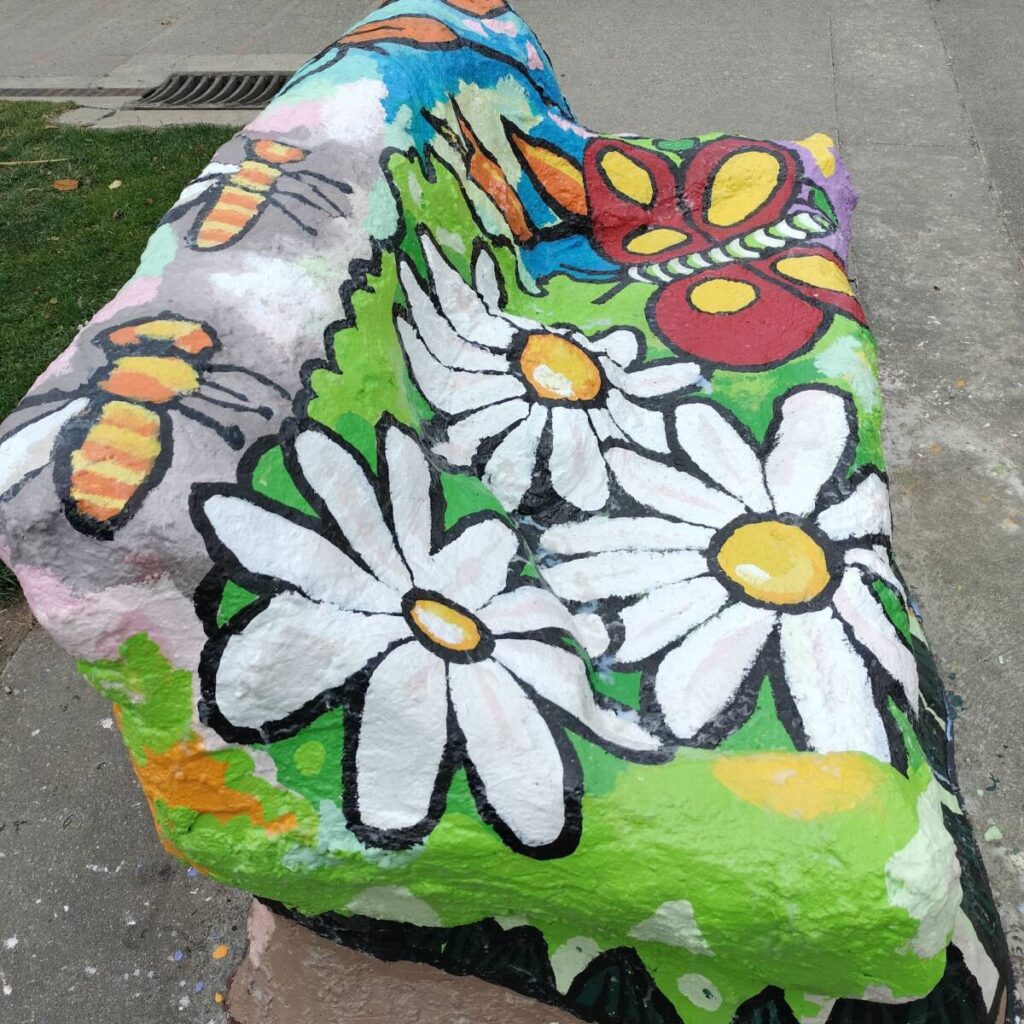
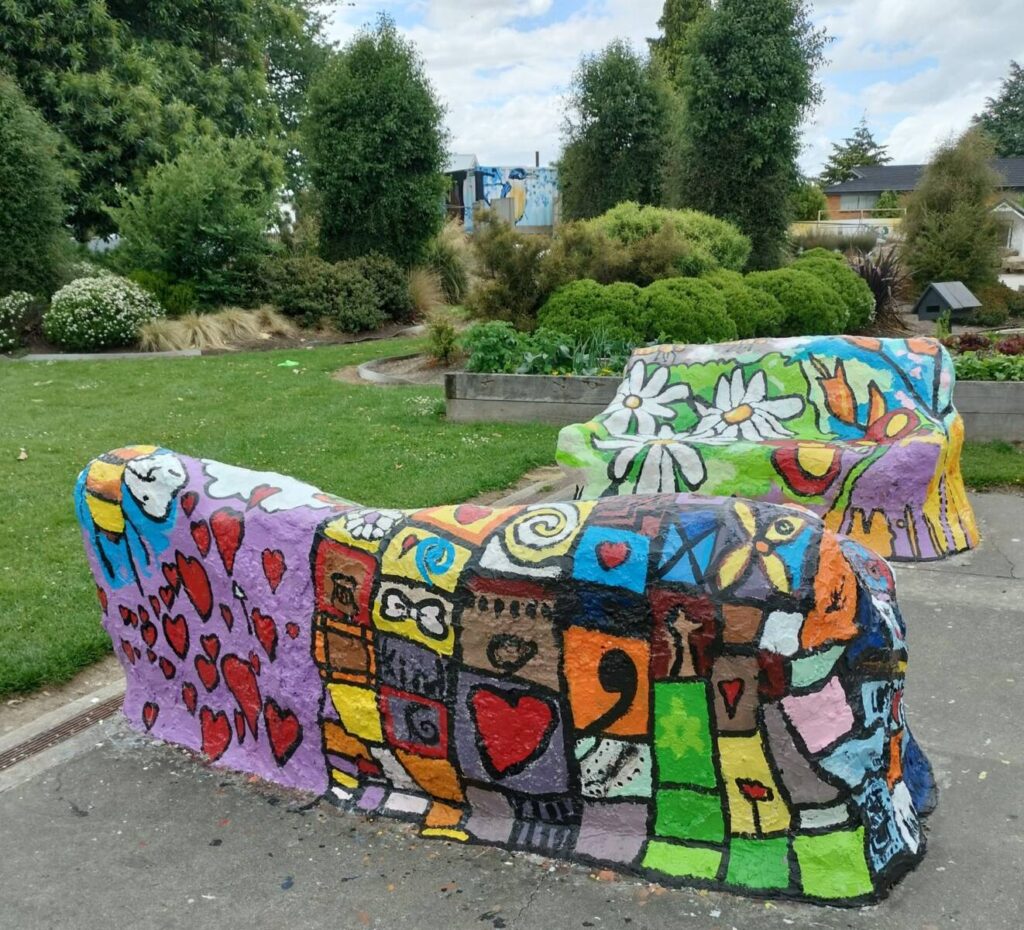
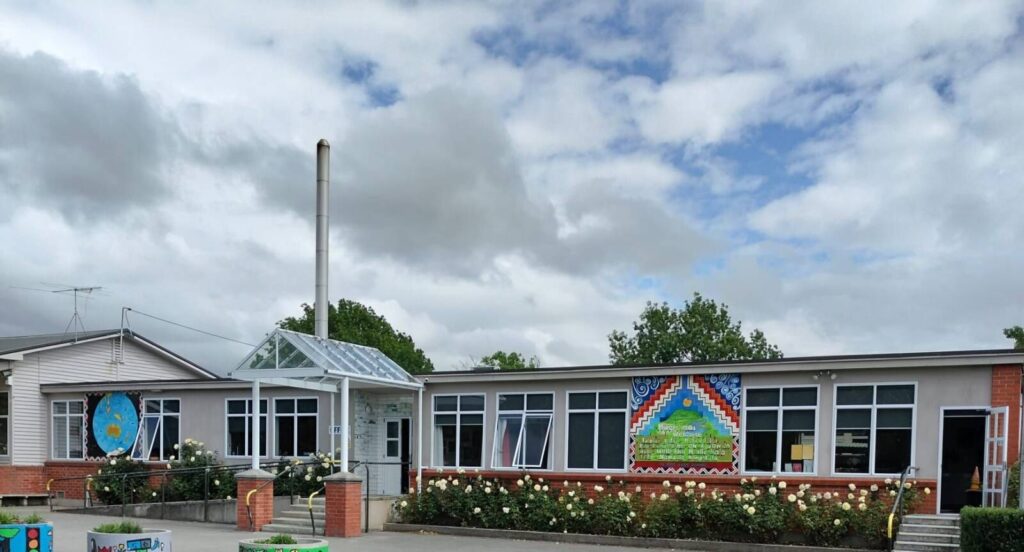
I am Artist in Residence at this school – a school I’ve worked with on many creative projects over the years.
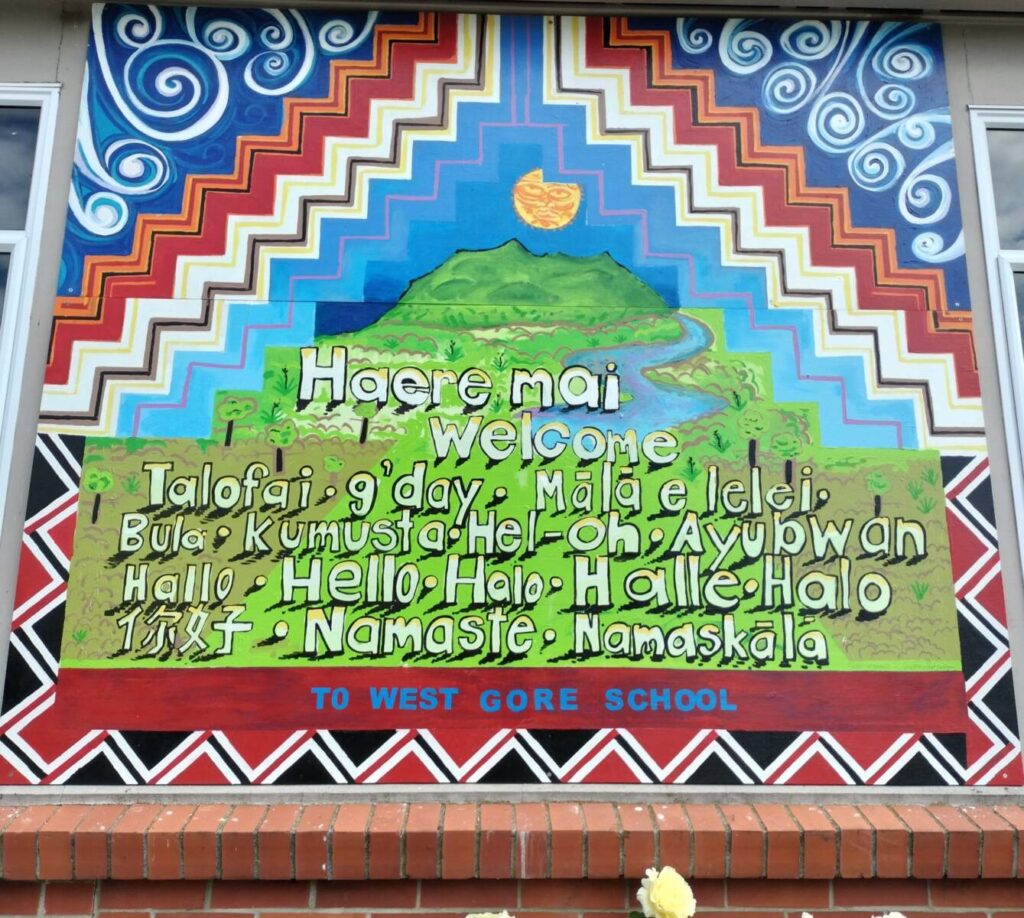
These panels were designed to welcome and represent all the students at the school. They reflect the recent influx of different nationalities brought to Southland for employment opportunities in the rural agricultural sector.
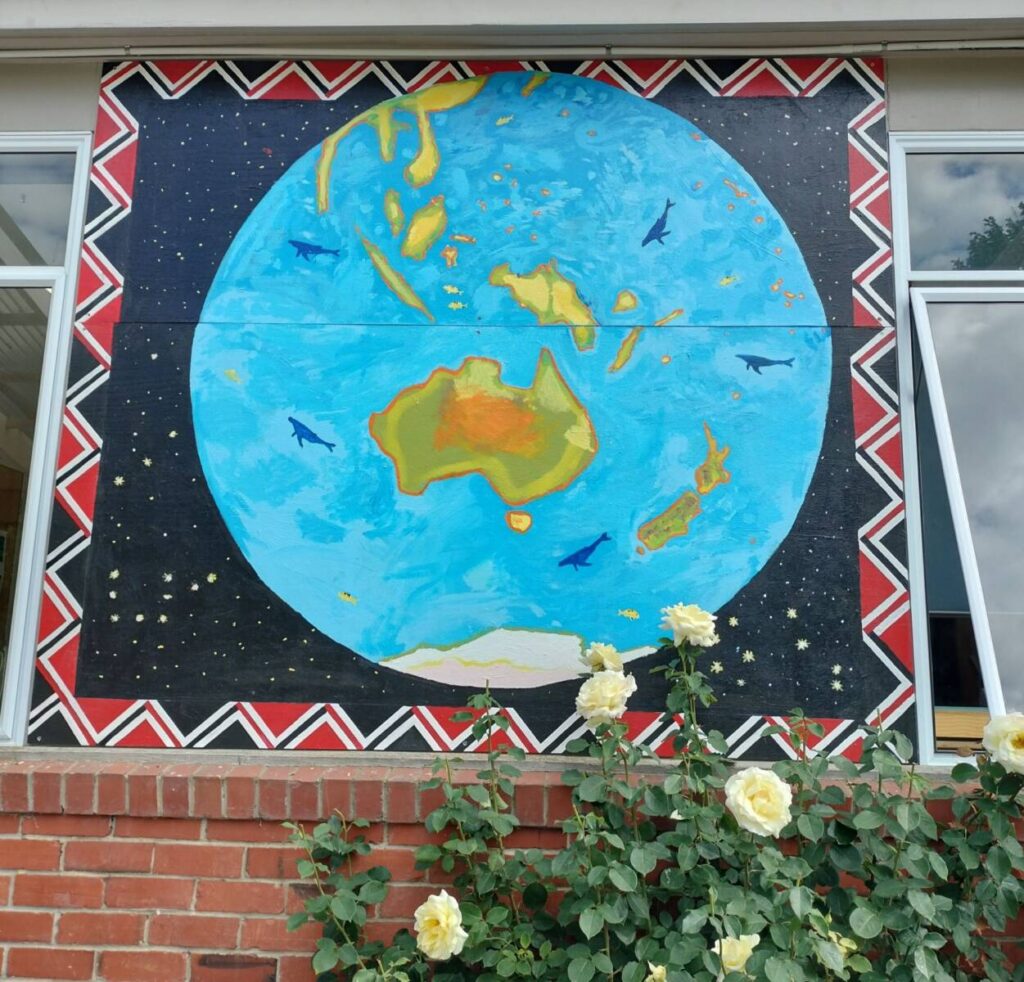
A team of wonderful students researched and painted these panels representing all the different countries they come from.
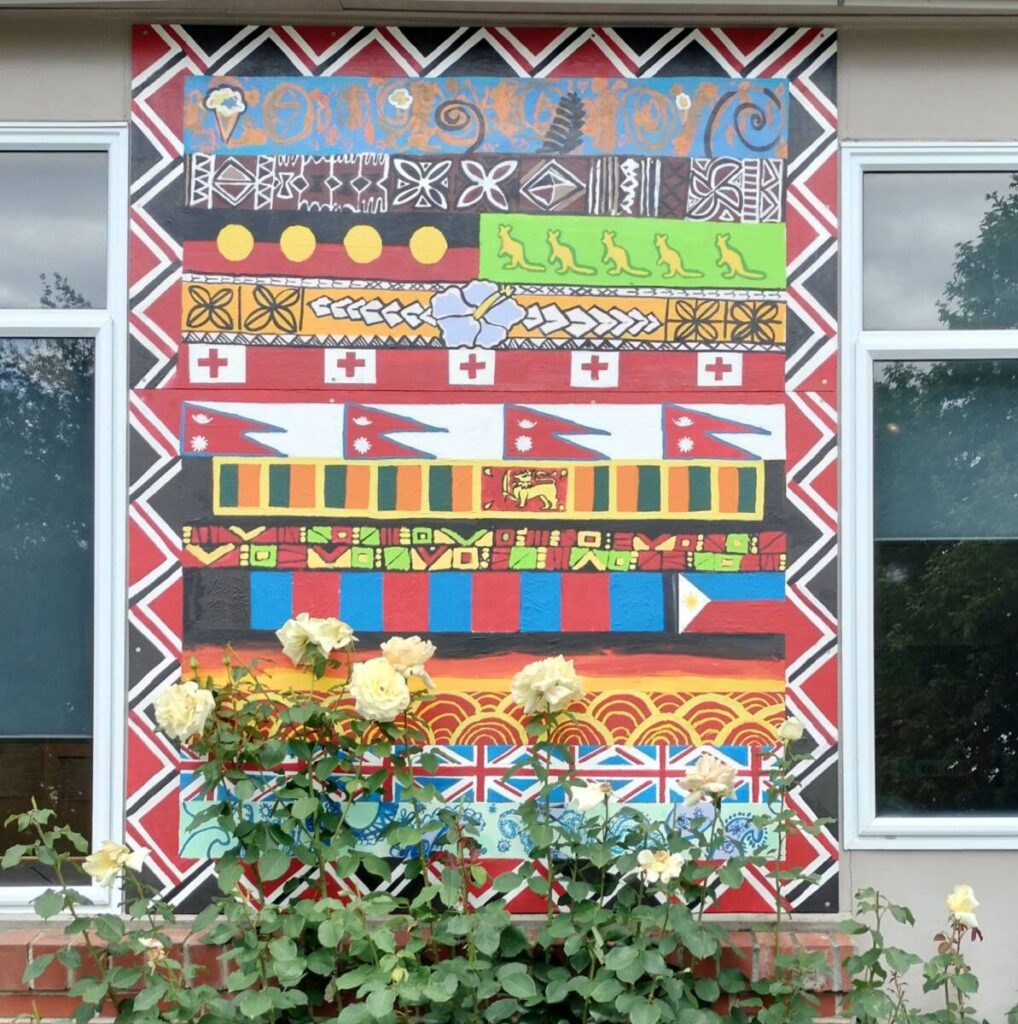
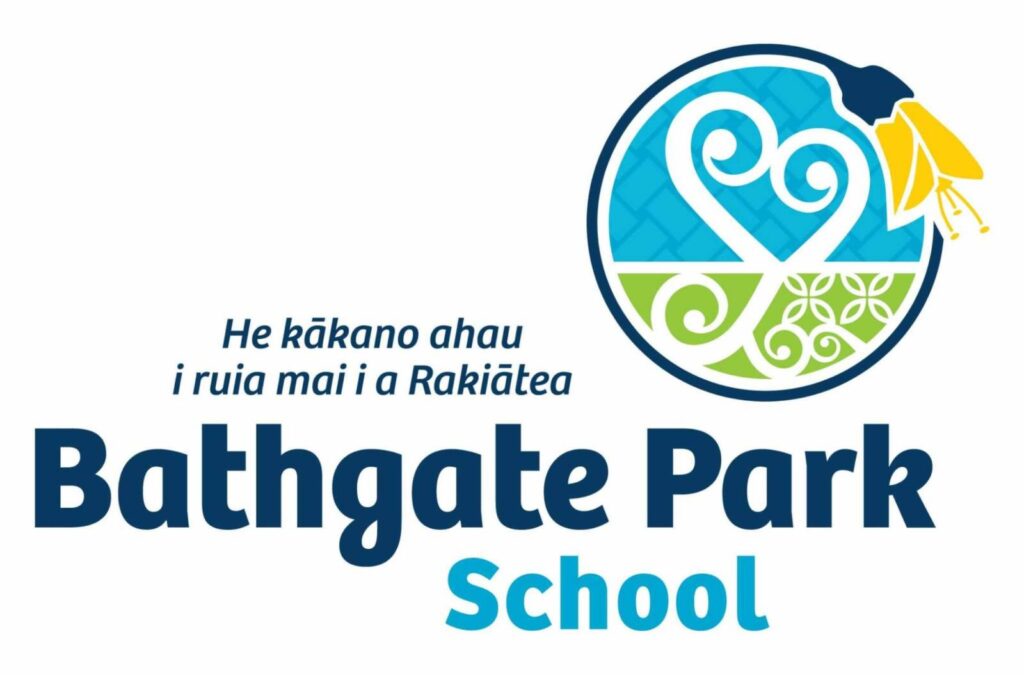
This post was instigated by a wonderful conversation last week with Room 13 International art studios based in Los Angeles.
Bathgate Park School has been part of Room 13 International since 2018. Room 13 offers a different kind of art education that encourages children to express ideas and feelings through a wide variety of art forms. The relationship between adults and young people is fundamentally one of collaboration with adults acting as guides and facilitators. Each Room 13 worldwide has its own flavour.
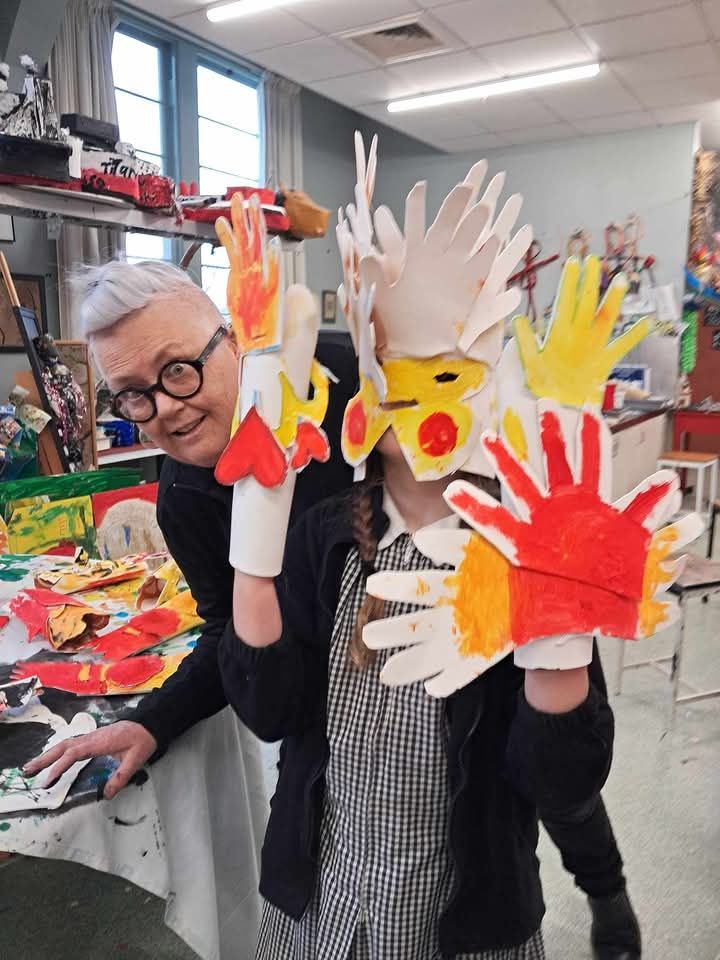
At Bathgate Park School Room 13 we use classroom learning as a starting point. The young people centred learning philosophy of Room 13 that honours individual creativity and understanding influences the way we work.
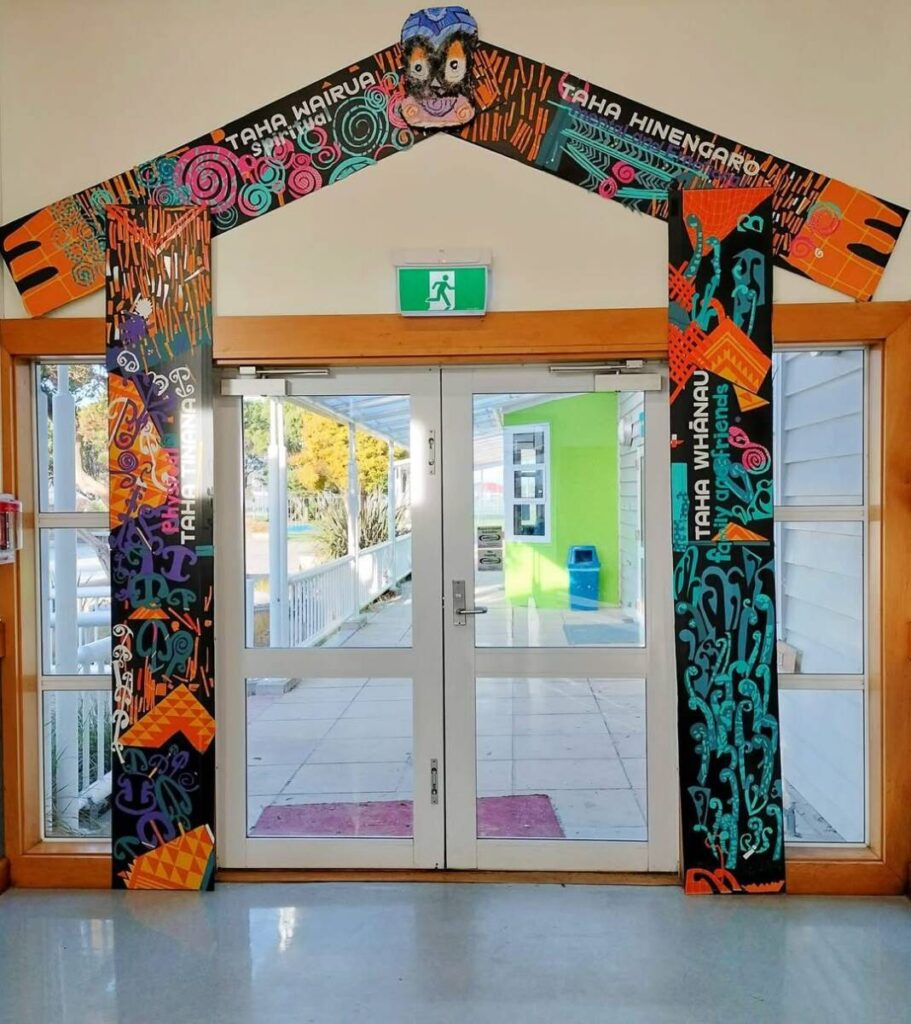
Resources and materials are integral to any art programme and we are lucky at Bathgate Park School to have many generous donations from the community
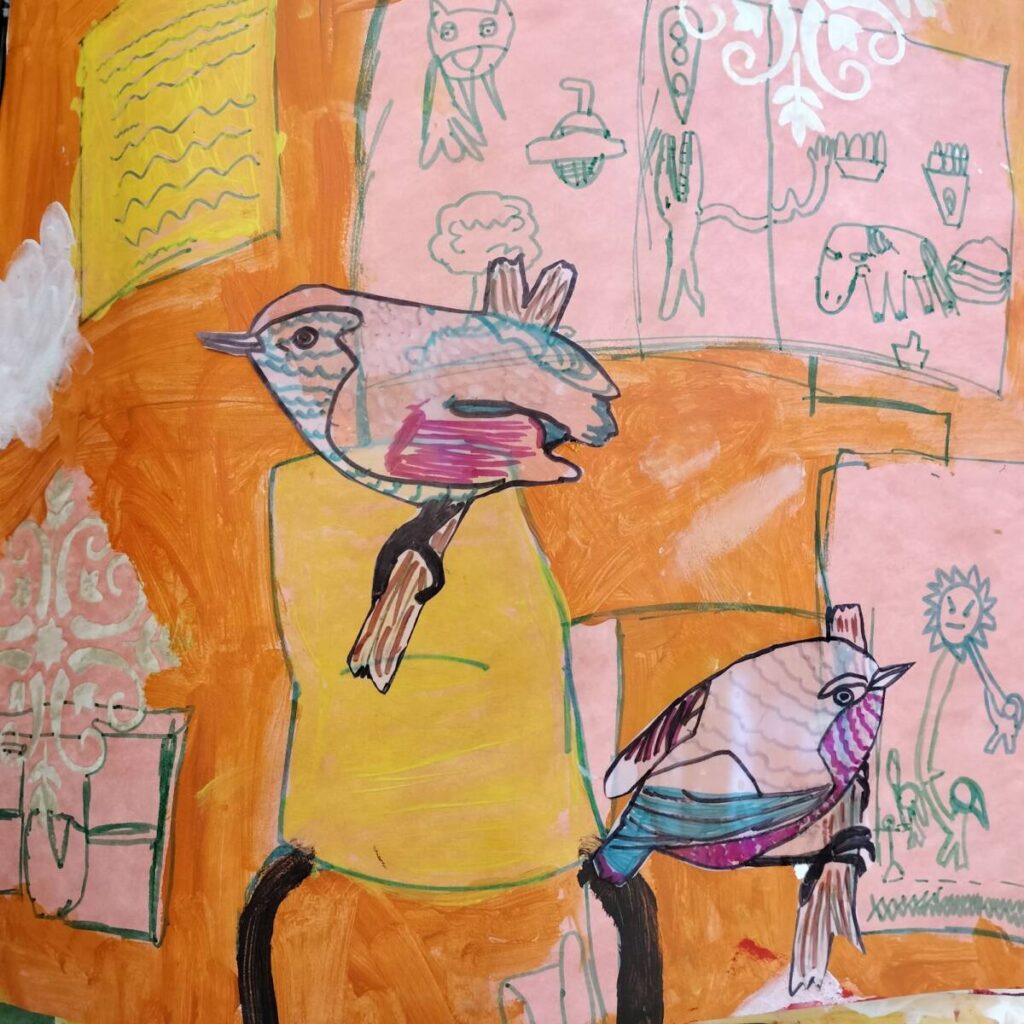
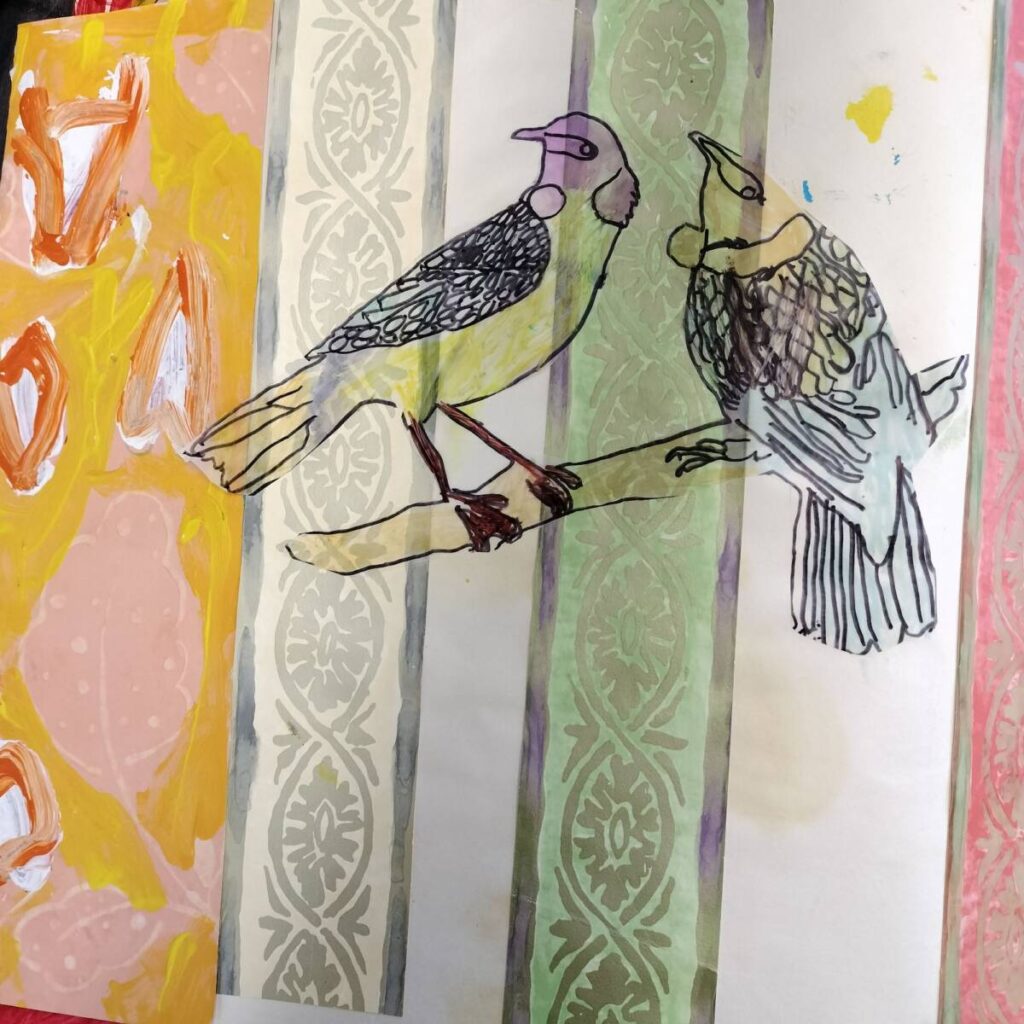
The new creative year has started. You can follow us on
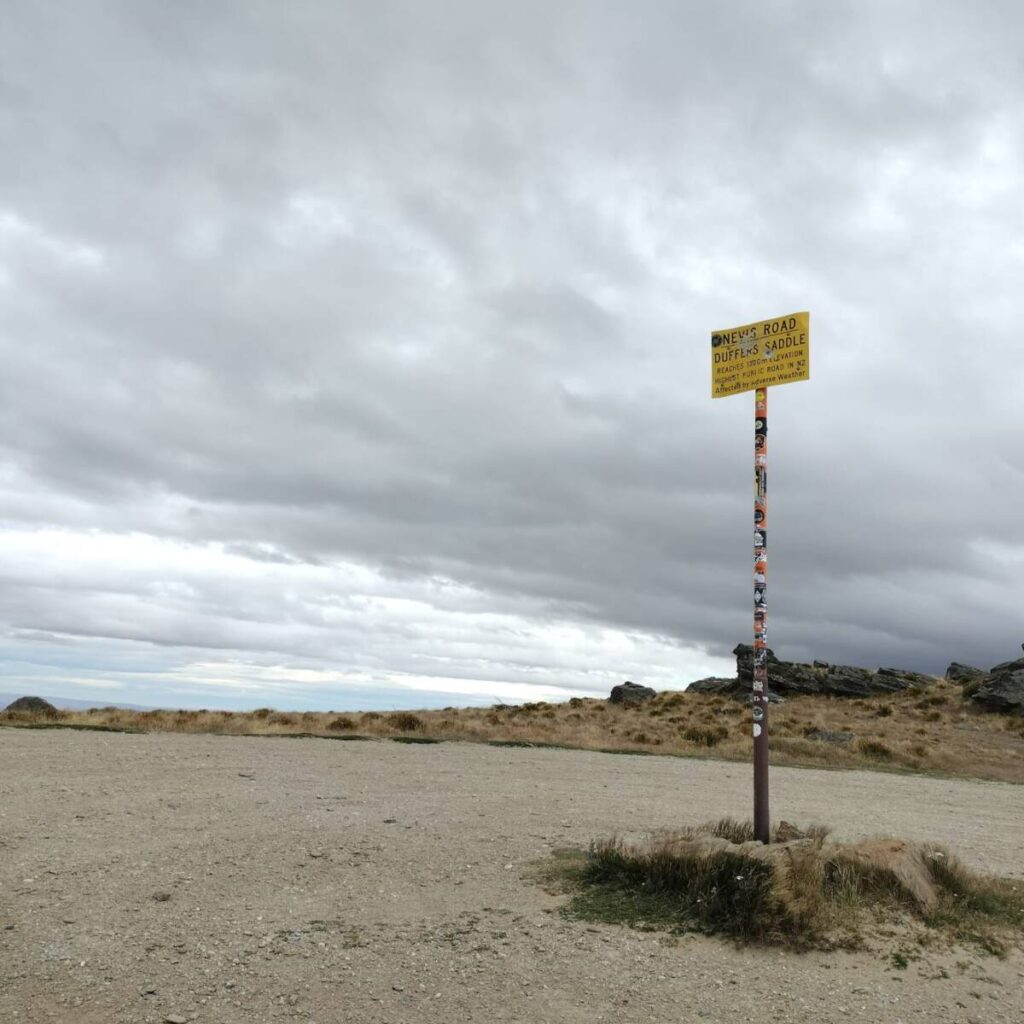
It’s great to be in the Nevis valley and right up to the top. it is the highest public road in Aotearoa and it is amazing!
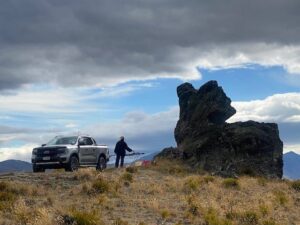
The road is only open between September and June and you can’t get there at all in the winter months. The amazing rock forms are shaped by the wind and there are 360 degree views of Central Otago.
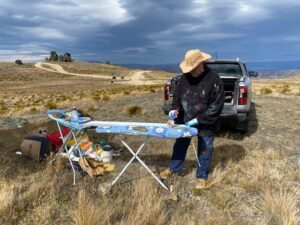
Thank you to Mark for taking me in with your posh truck and Kay for the super kai. We sat around and let the landscape in…….
New Zealand music month celebrates New Zealand music and the people who make it.
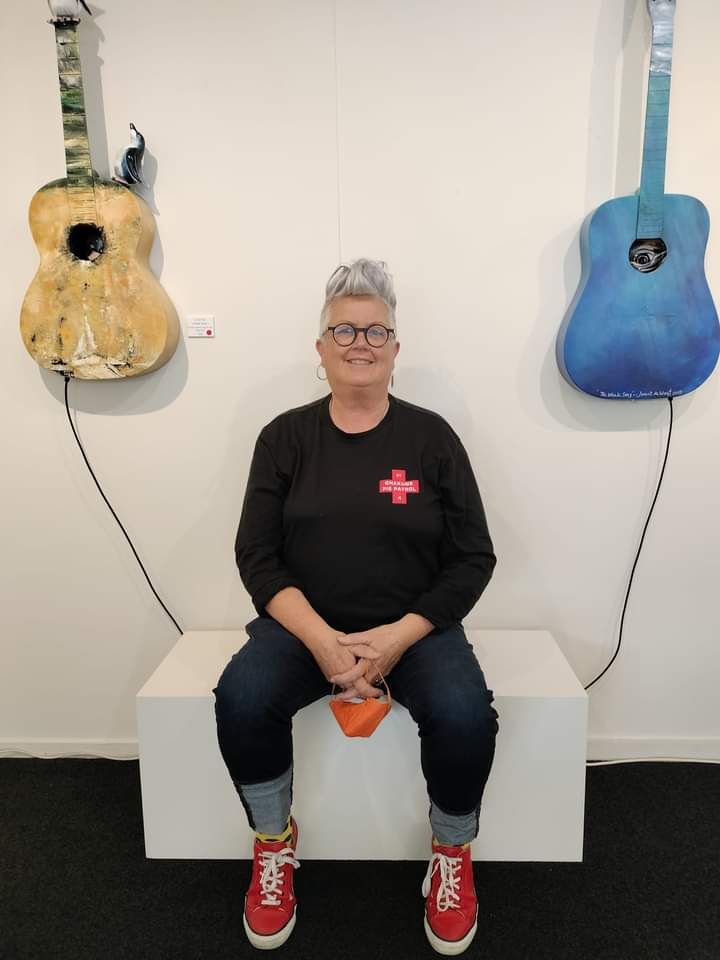
In tune with the month of New Zealand music I chose to share in this celebration with my exhibition ‘Songs of the Land’. This was at Gallery De Novo, Dunedin in May and at Eastern Southland Gallery in Gore in August.
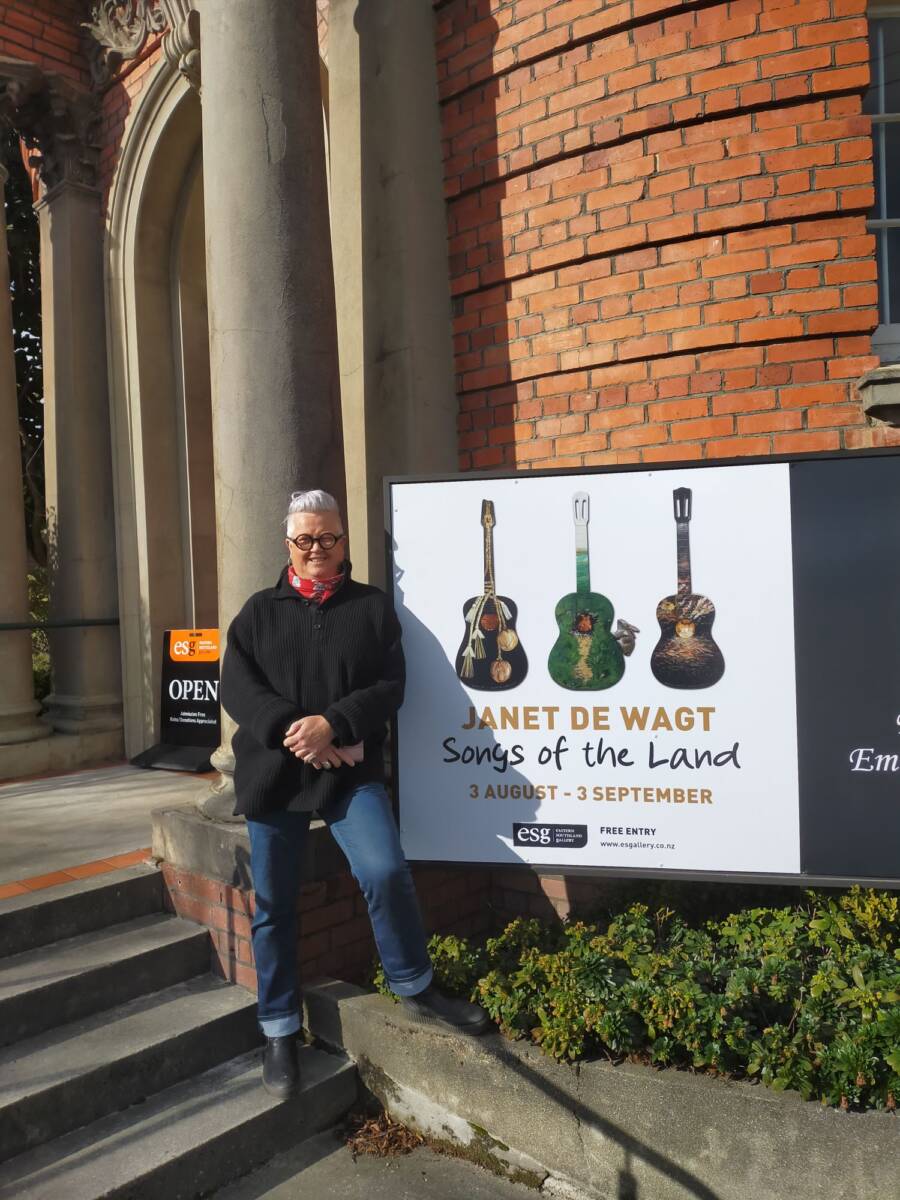
As an ‘en plein air’ painter I spend many hours in the wilds of Aotearoa and have had the opportunity to observe both the obvious and more subtle sounds of the land, and the creatures who inhabit these places.
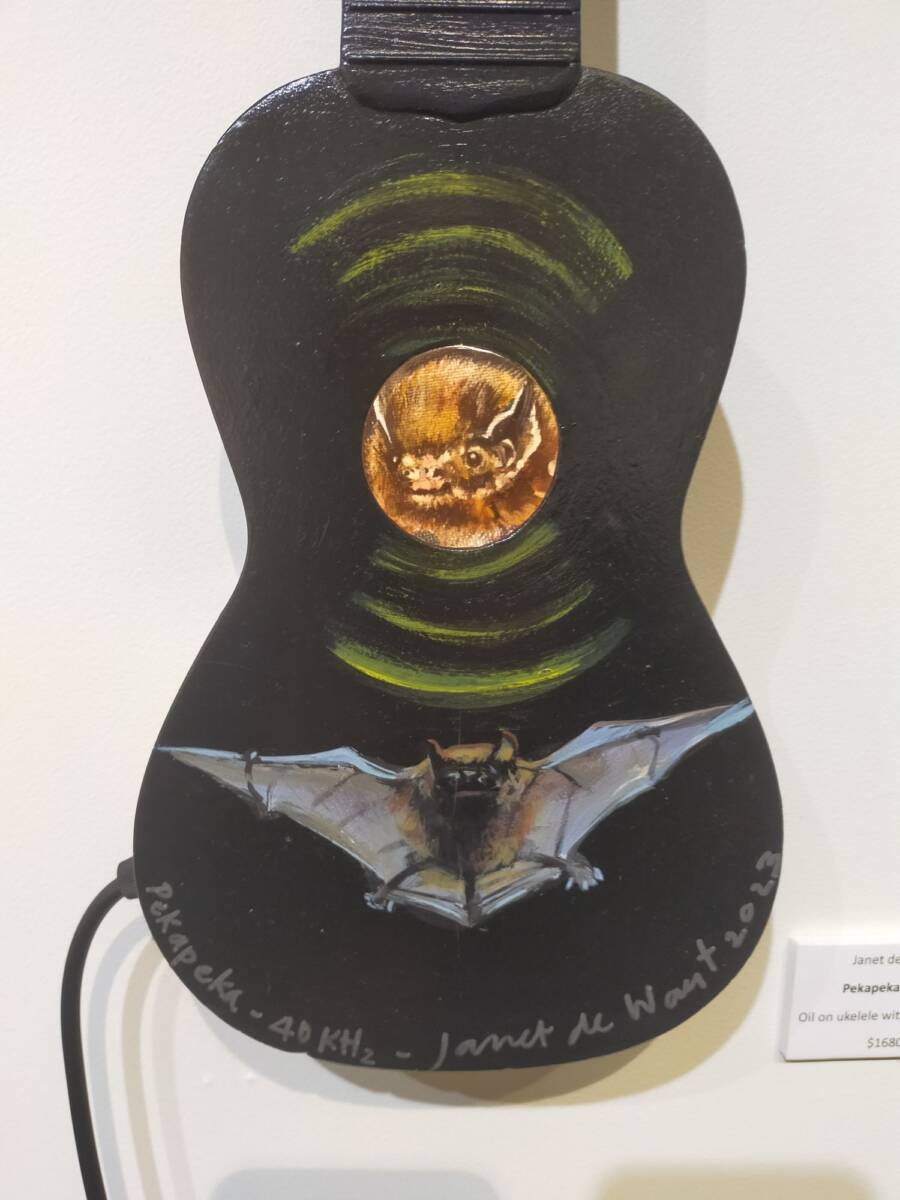
I chose to use guitars as my canvas, recognising and honouring their ubiquitous nature in New Zealand music – their portability and adaptability. I also wanted to go underneath into the hidden space of the instrument and use that inner more secret space to reflect the quiet watchfulness and often indifference to us, of much of the natural world and her wild creatures.
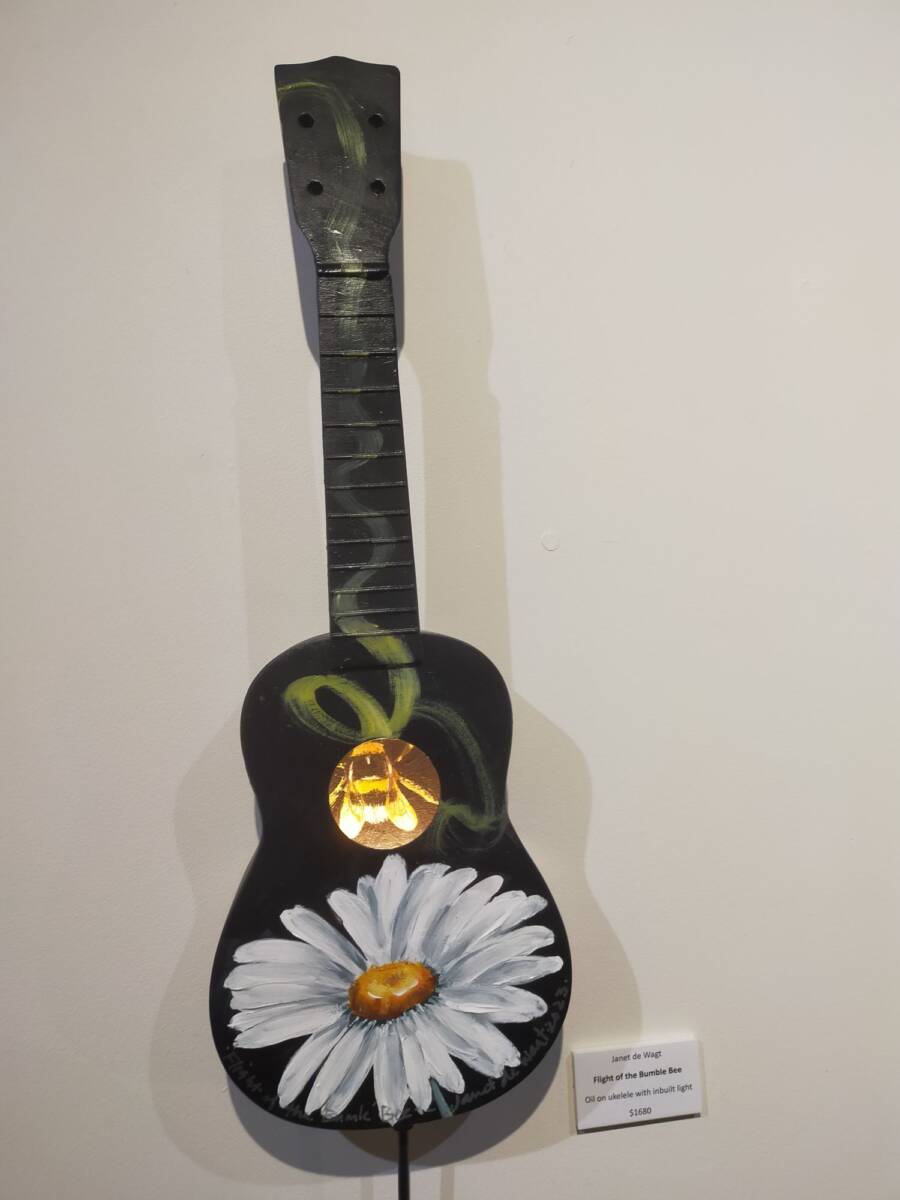
This transformation of the guitar into a light mimics the light thrown on these songs of the land. The Kakapo booming for a partner; the lone Ti Kouka clapped by its mates; the gargantuan inhabitants of the deep, the whales and their secret communications; the flight of the bumblebee, so wild and erratic to us watching. And all the time the Toroa / Albatross continues to depart on huge voyages out to sea and then back home, repeating the rhythms and creating patterns over and over again.
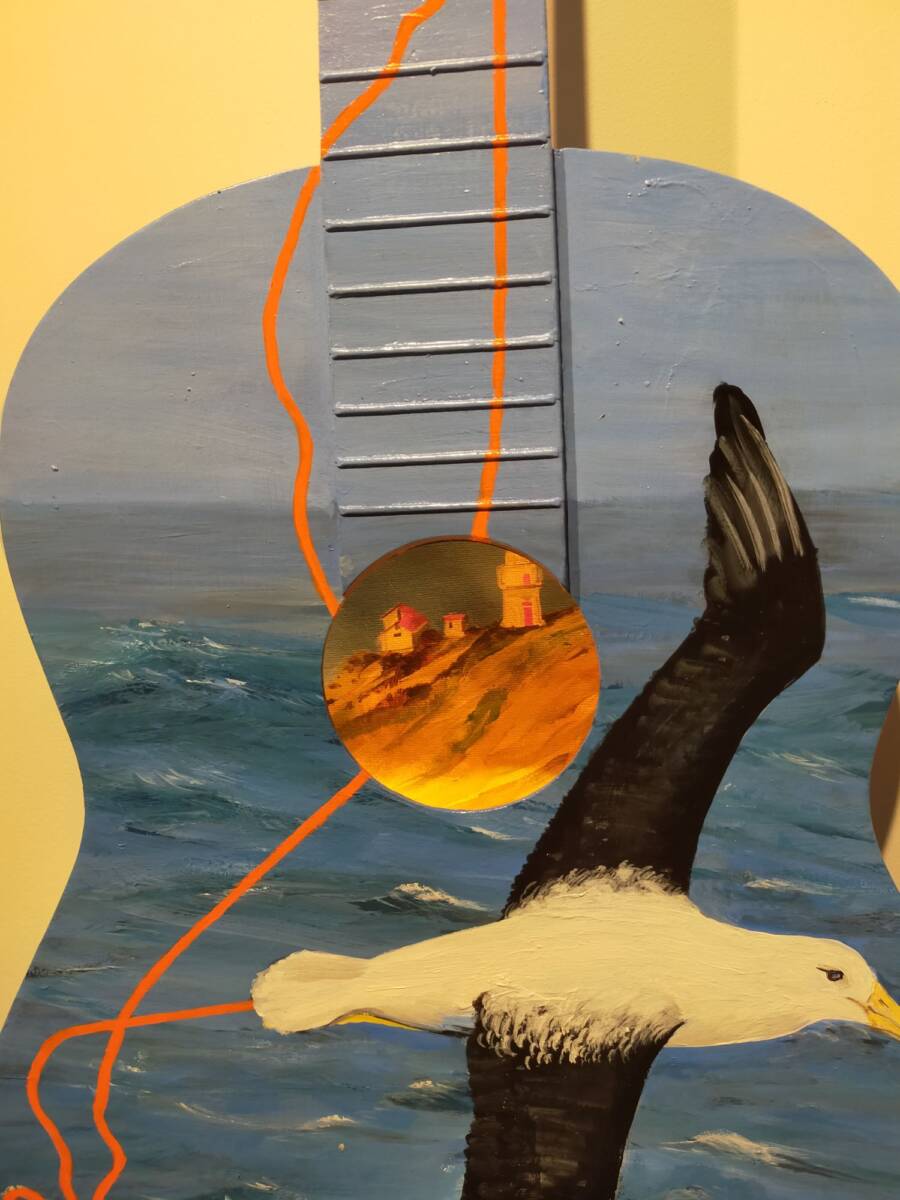
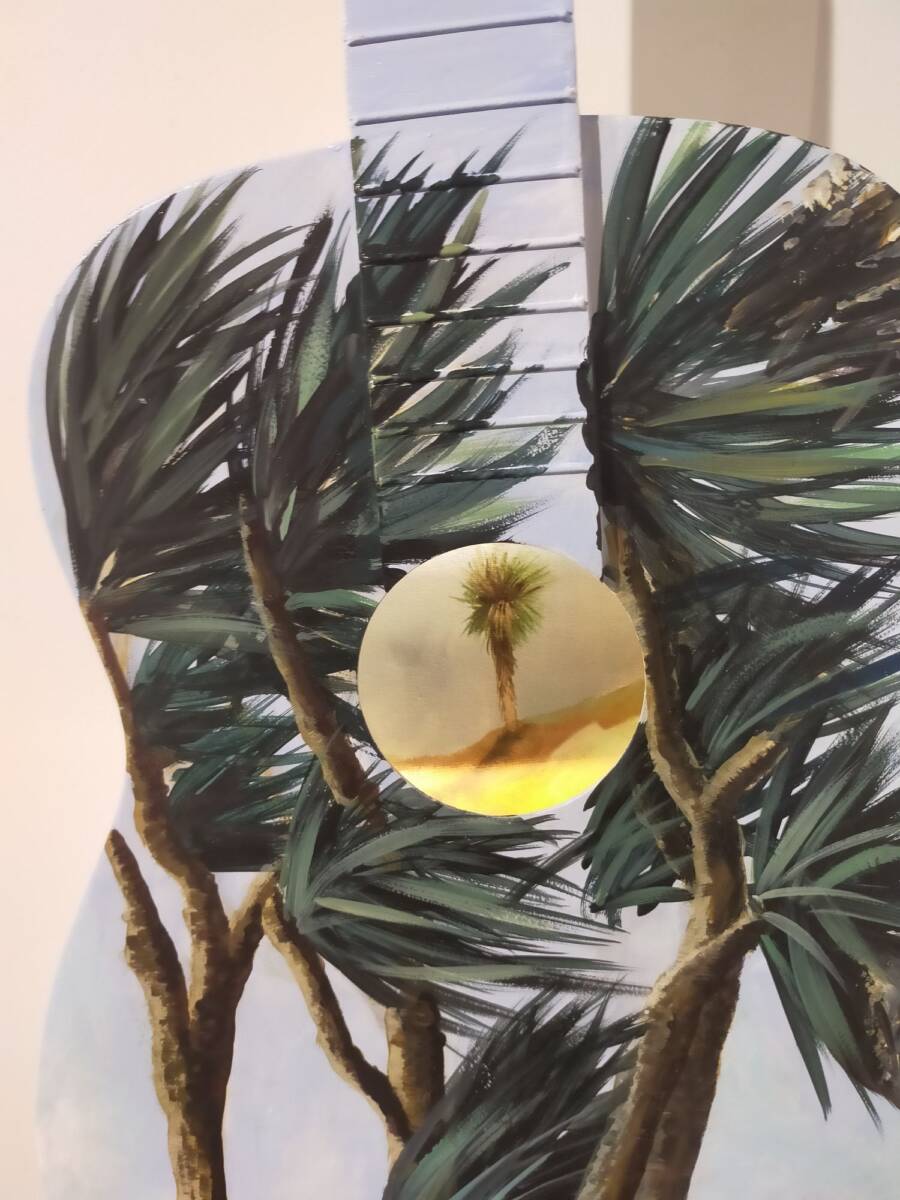
They all ask us to listen more closely and carefully to the rhythms and patterns of the earth. This earth itself that makes its own music, its own hum, a constant pulsing note inaudible to the human ear.
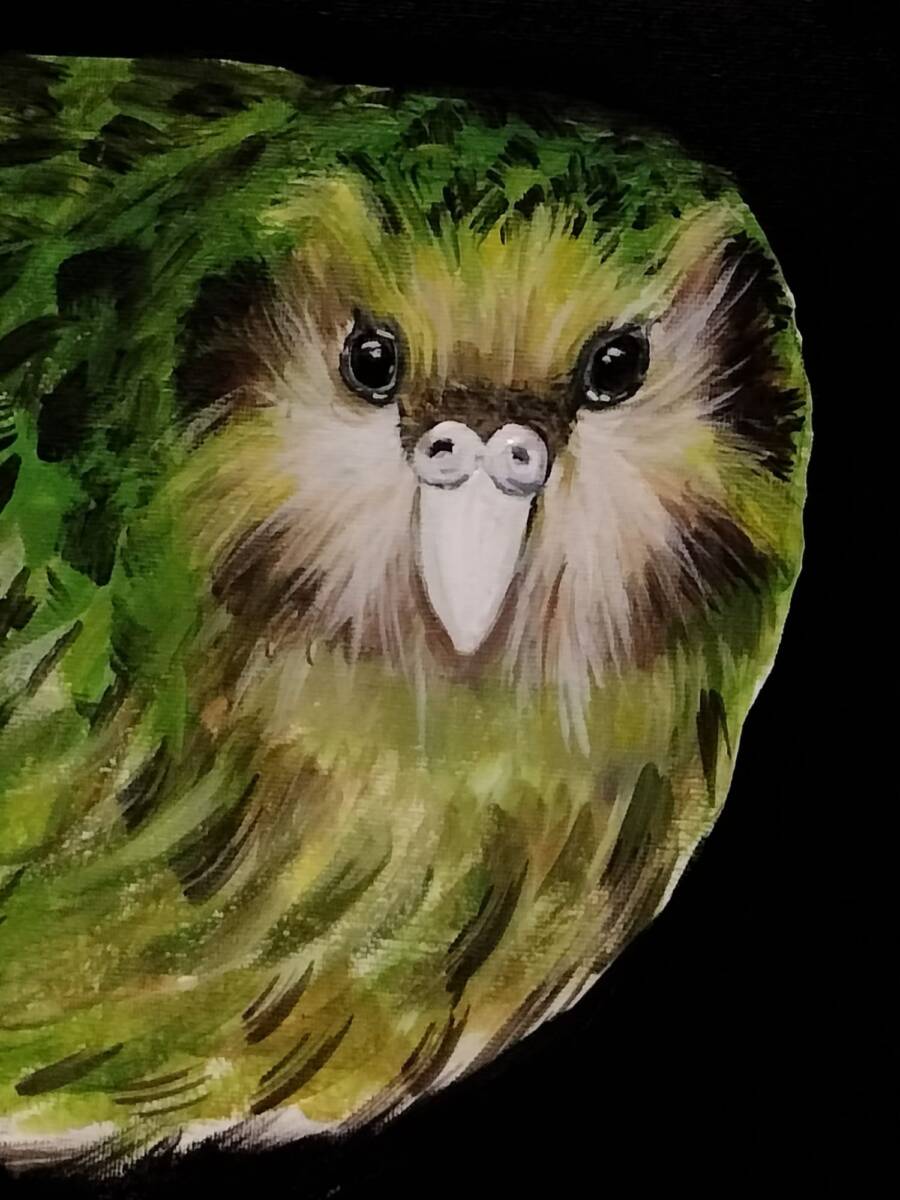
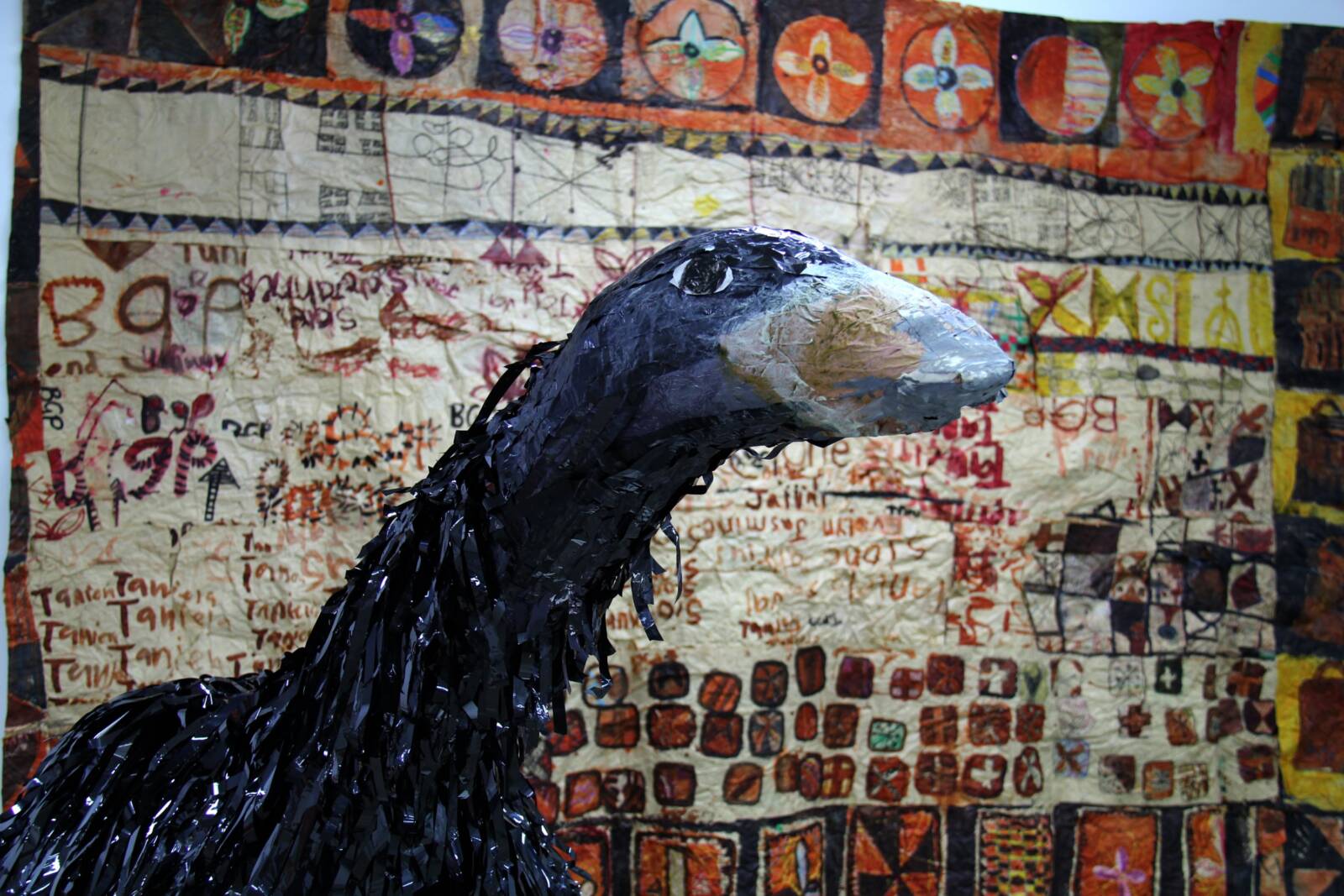
This exhibition, curated by Victoria Bell from the Dunedin School of Art and myself, is a culmination of a long tradition of art making at 213 Macandrew Road, the present day site of Bathgate Park School. There are many people who have fueled this tradition over the years.
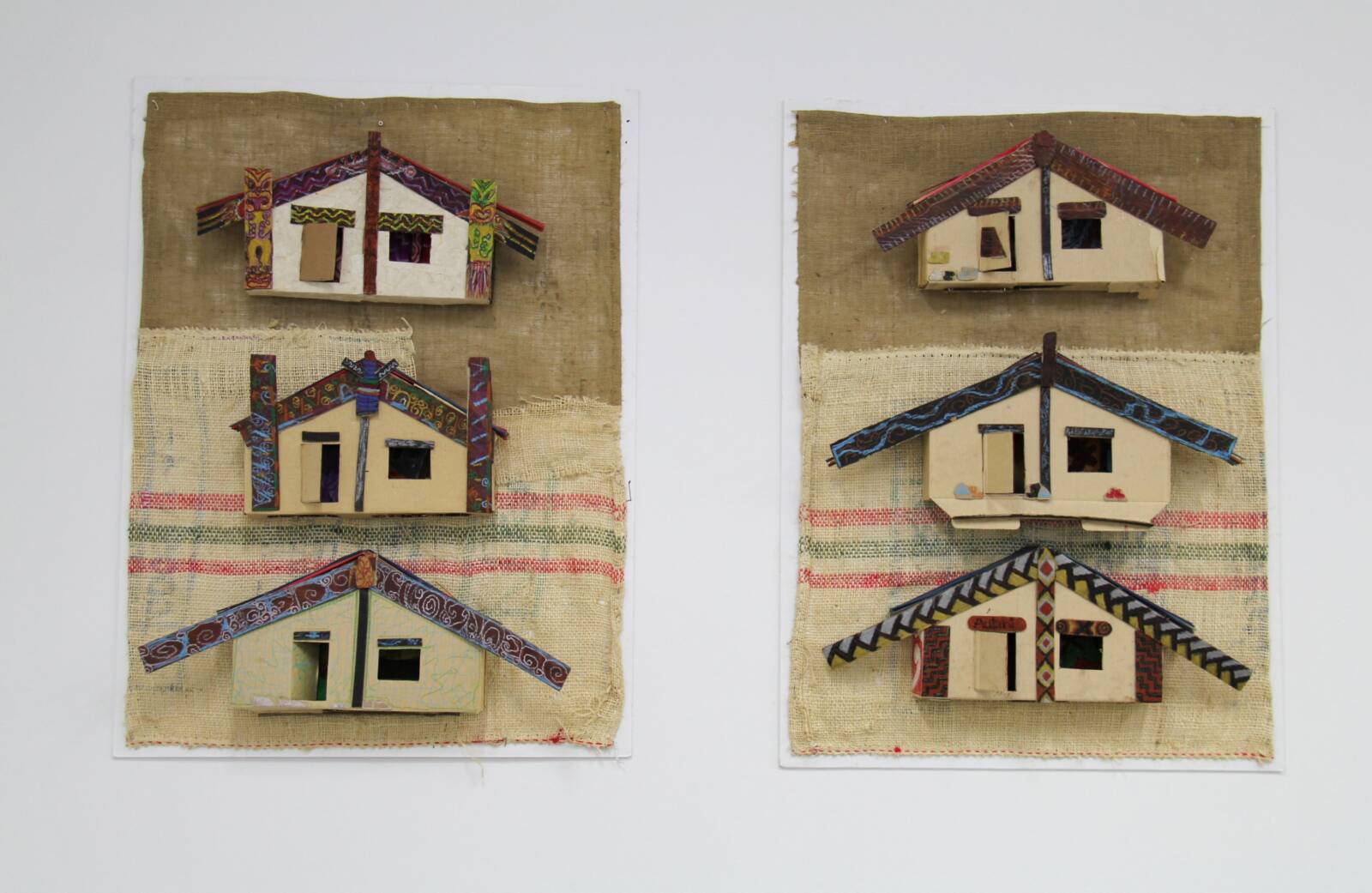
Art teachers – Lesley Hirst, Pamela Brown, Andrea Evans McCall, Nancy Kaye – to name a few, there were many others. Room 13 with its vision of creativity in a child centred studio was a natural extension of this long tradition. Worldwide each Room 13 studio has its own unique way of doing things and Room 13 at Bathgate Park is no different.
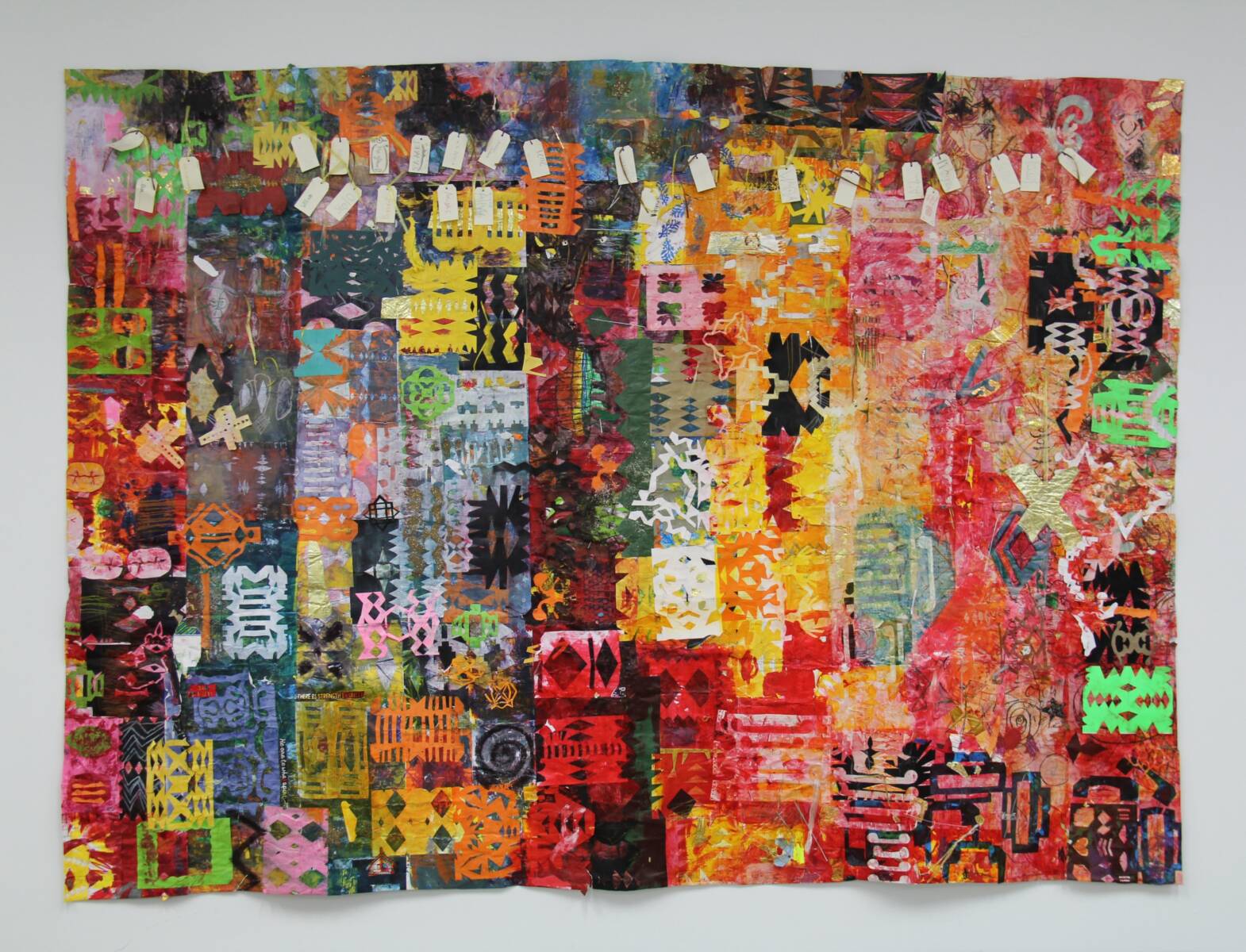
The work we do reflects the make up of the school, our culture and vision. For example these wall hangings are made up of pieces worked by individual children who then come together and use these individual works to make a whole work which is not only a stunning finished art work but also stands as a symbol of the ethos of the school – the spirit of cooperation, collaboration and aroha.
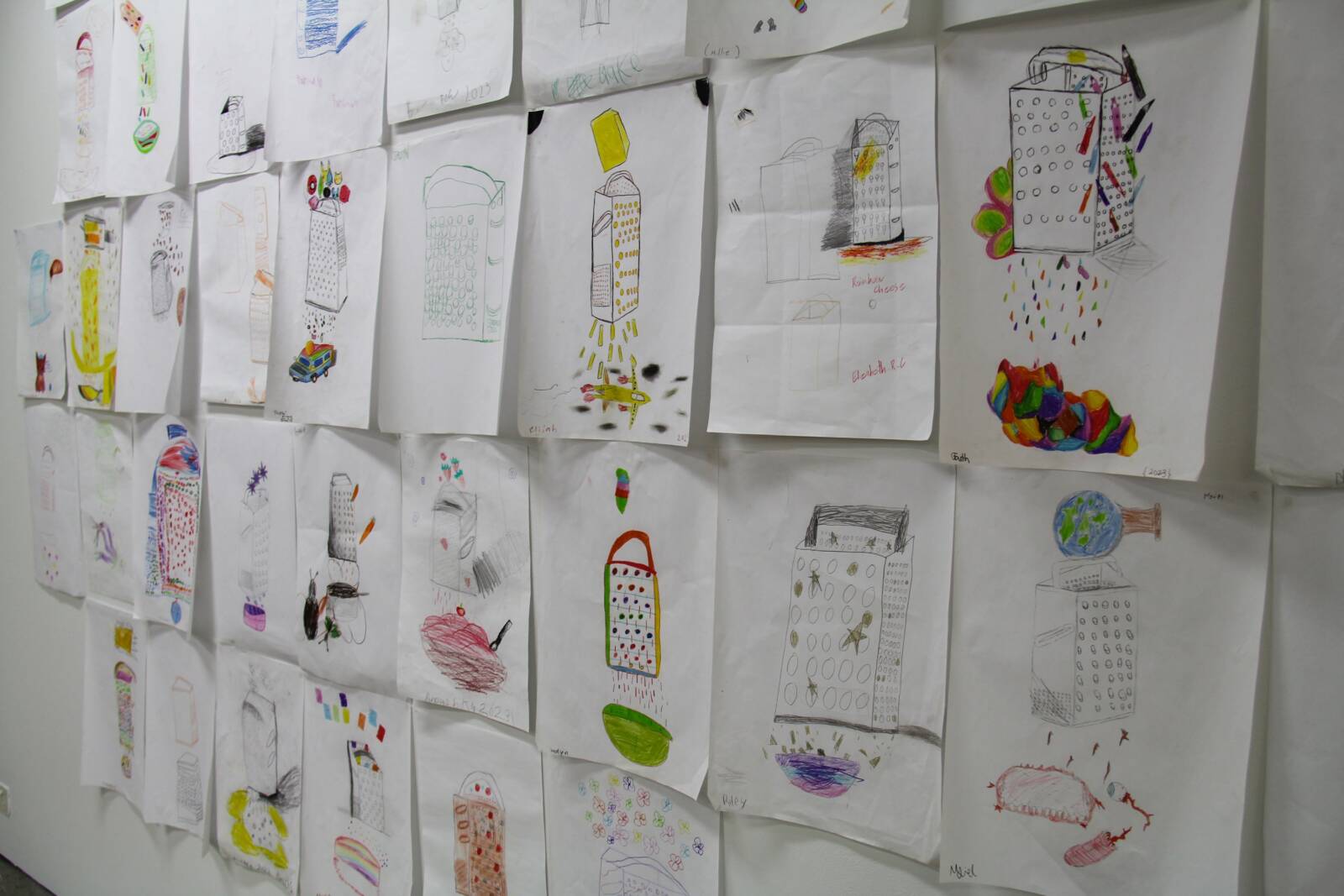
Similarly the grater pictures show the confidence the young artists have to follow their own vision. They all started with a grater but then followed their own imaginations..from the macabre to the gentlest grating of carrot for a waiting bird.
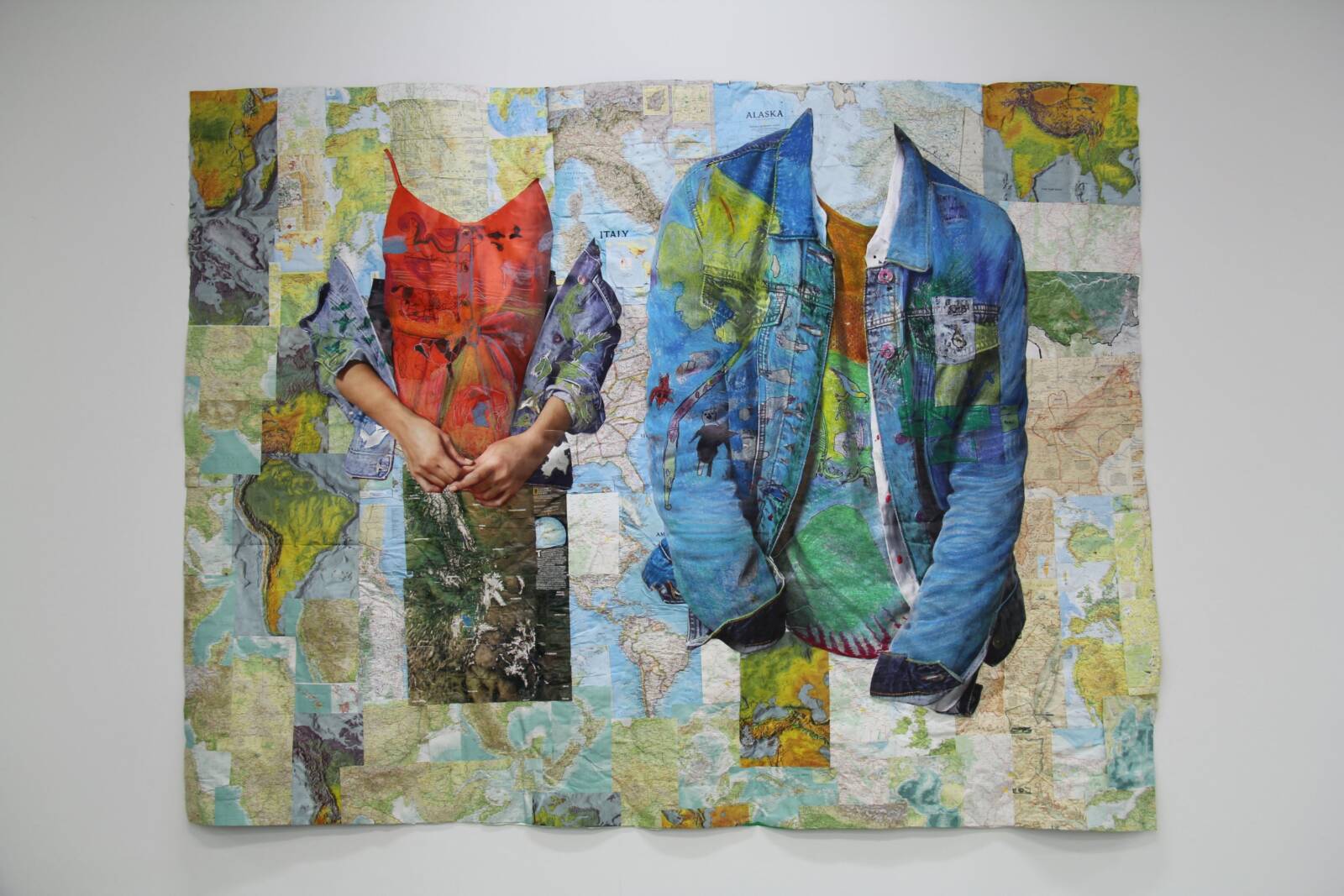
The works on display here are a mere fraction of the works that have been made and in doing so Bathgate Park has won many competitions and awards.
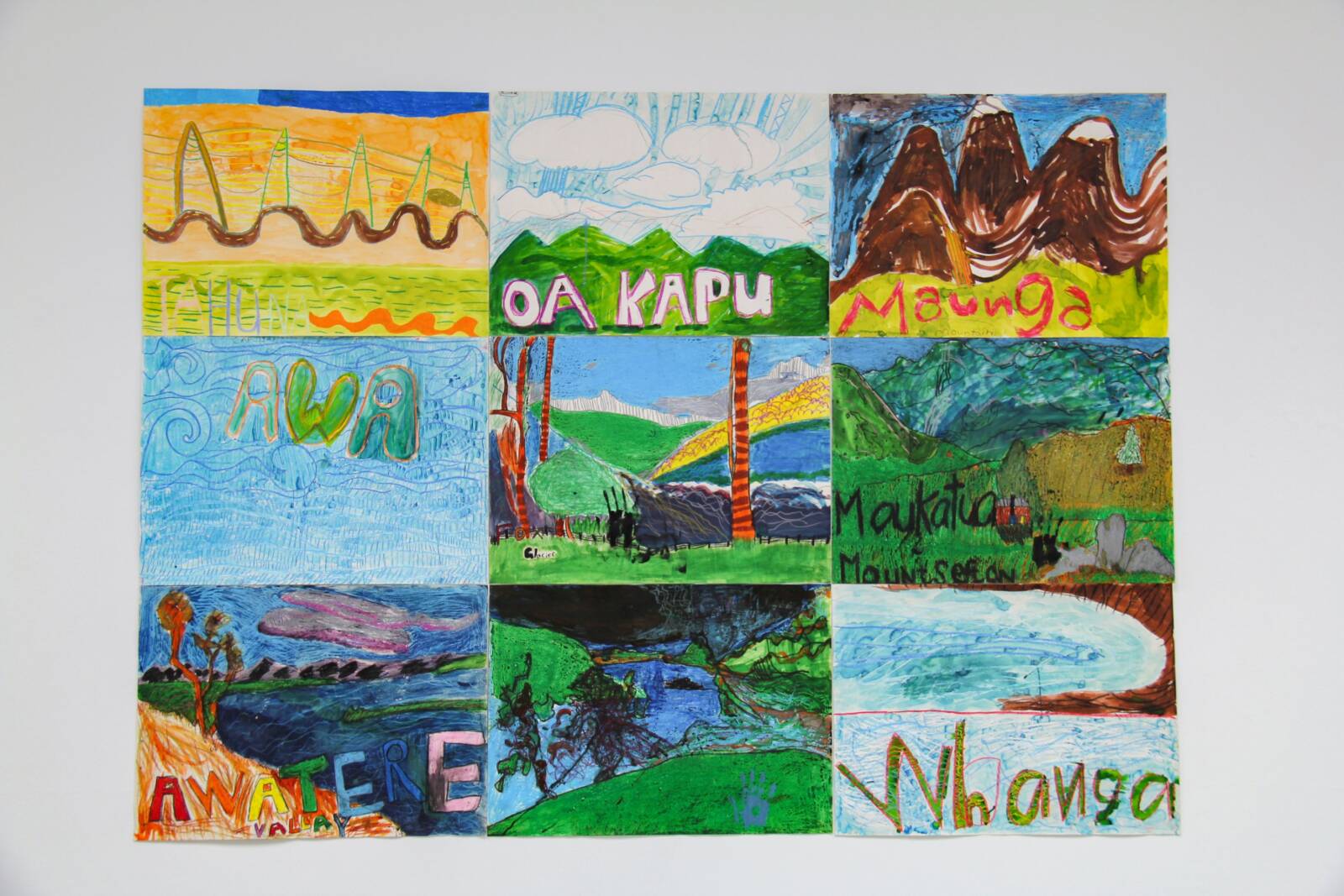
In my time as a working community artist I have worked in thousands of schools all over the world. When finishing a project it usually ends with the children being very disappointed that the project has finished because you leave and go somewhere else. But here at Bathgate Park school we are able to bypass those feelings by having a continuous art project.
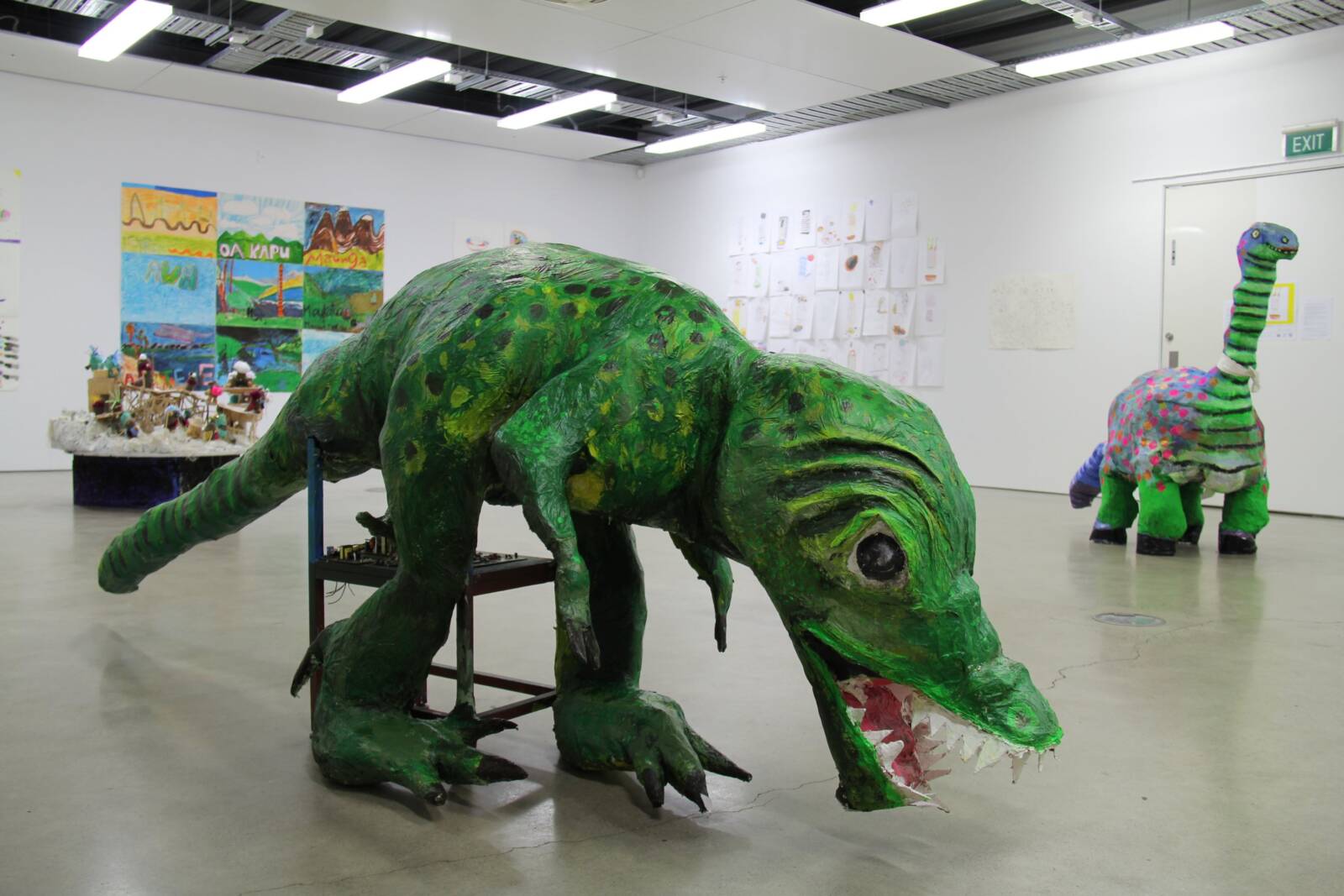
This continuity not only grows skills and imagination but also aspirations and confidence in being creative so the children see the possibilities of a future pathway in the creative arts and the need to further their art education in places such as the Dunedin School of Art.
Photos by Pam McKinlay
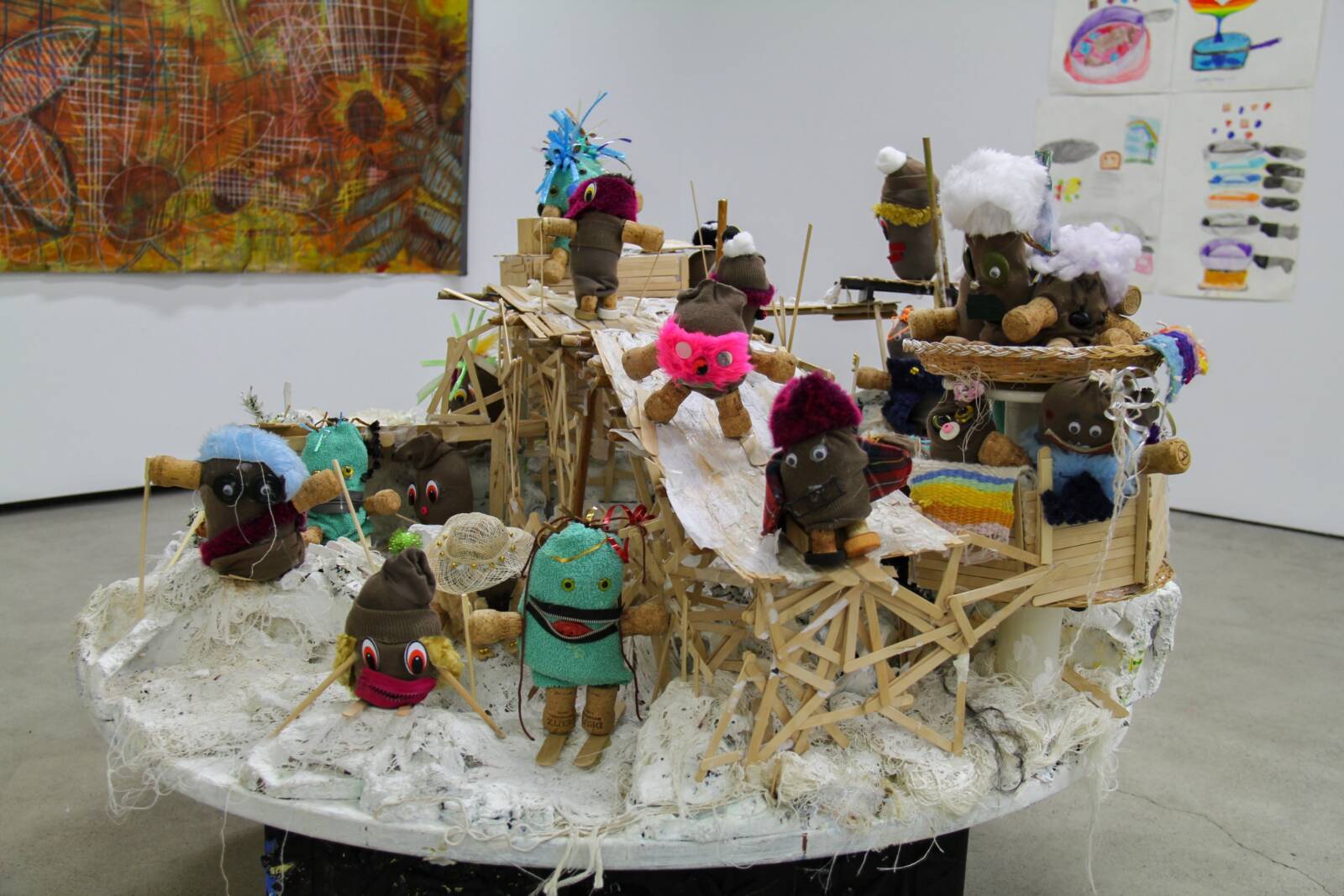
The New Zealand International Science Festival Nanofest ran from 14 – 17 July 2022 in Dunedin.
The VR Artists’ stage was in the Meridian Mall.
As an artist I am not afraid to try new things, even if it means I’m on public display in the Meridian Mall not really knowing what I’m doing!!
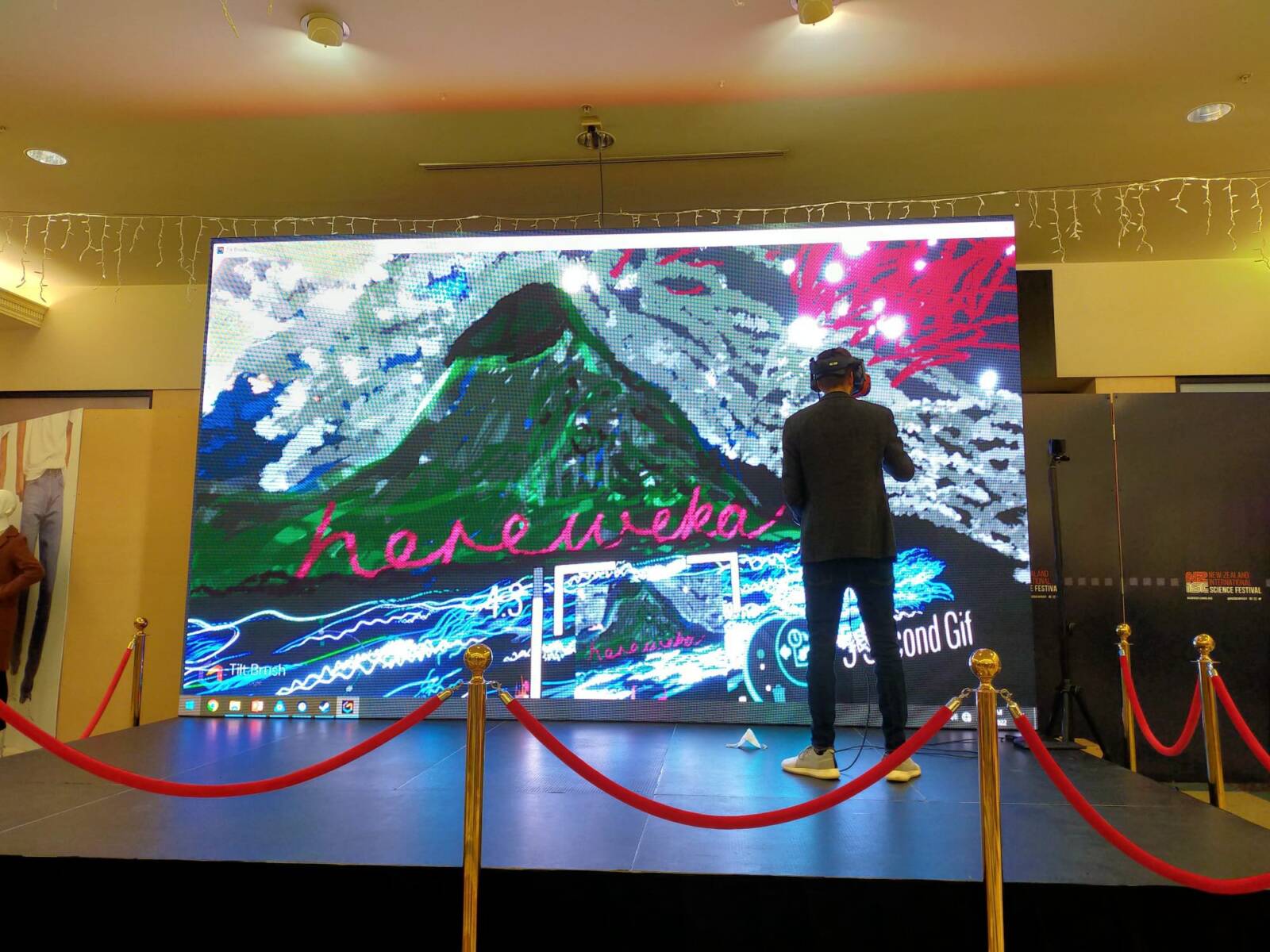
But I really couldn’t get enough of it – it was fun!